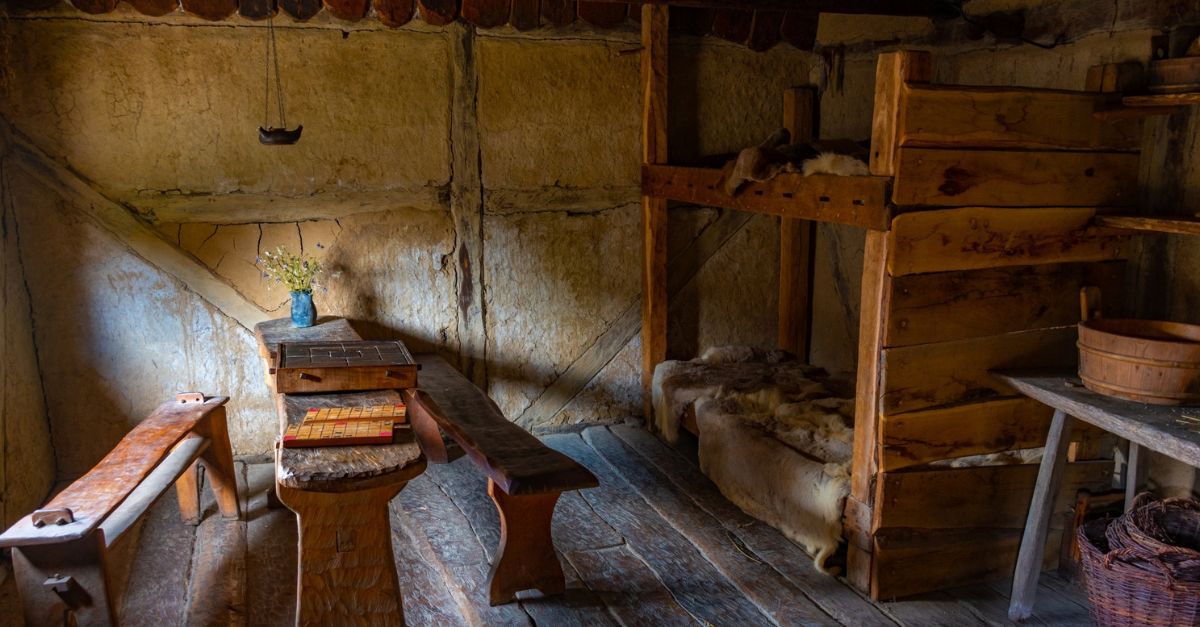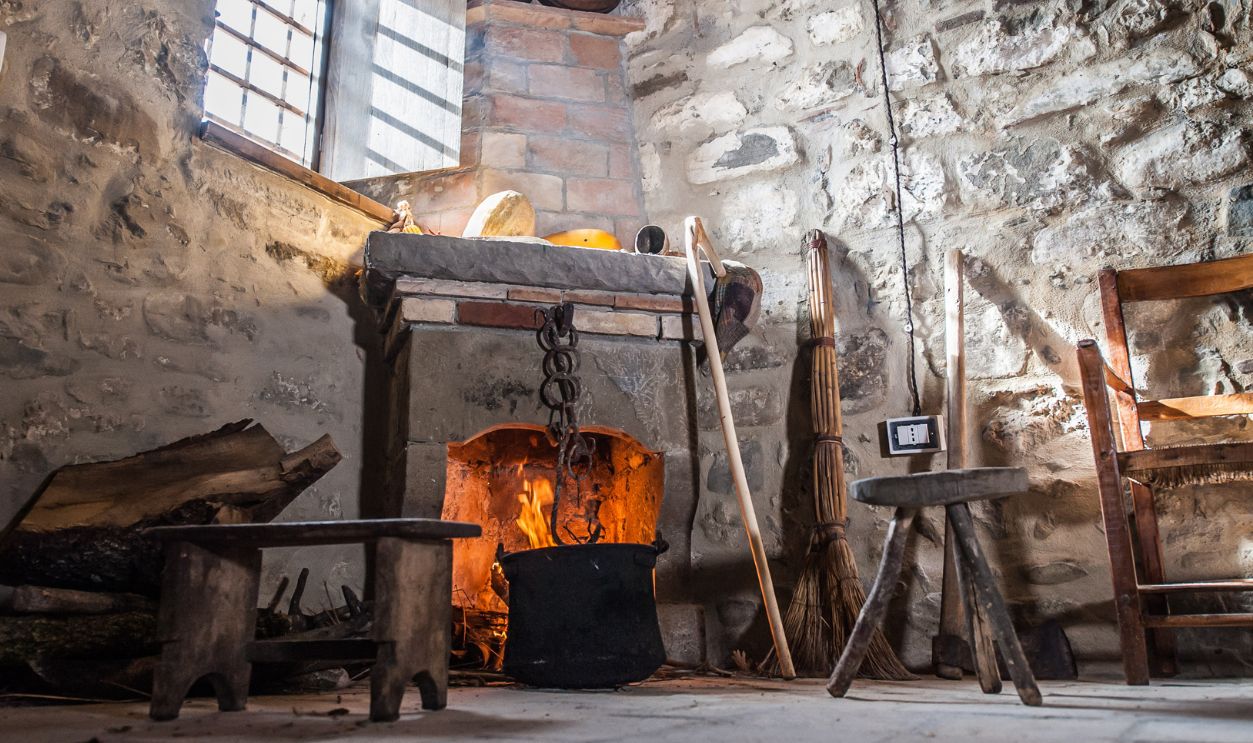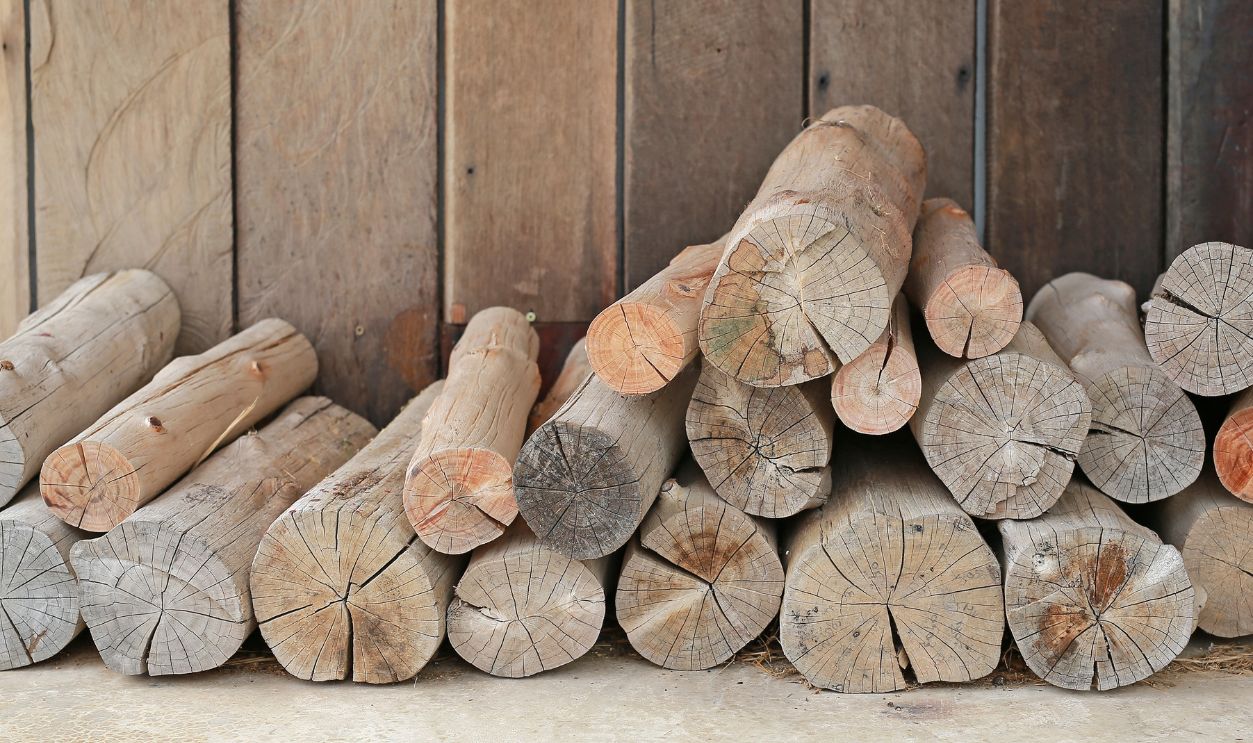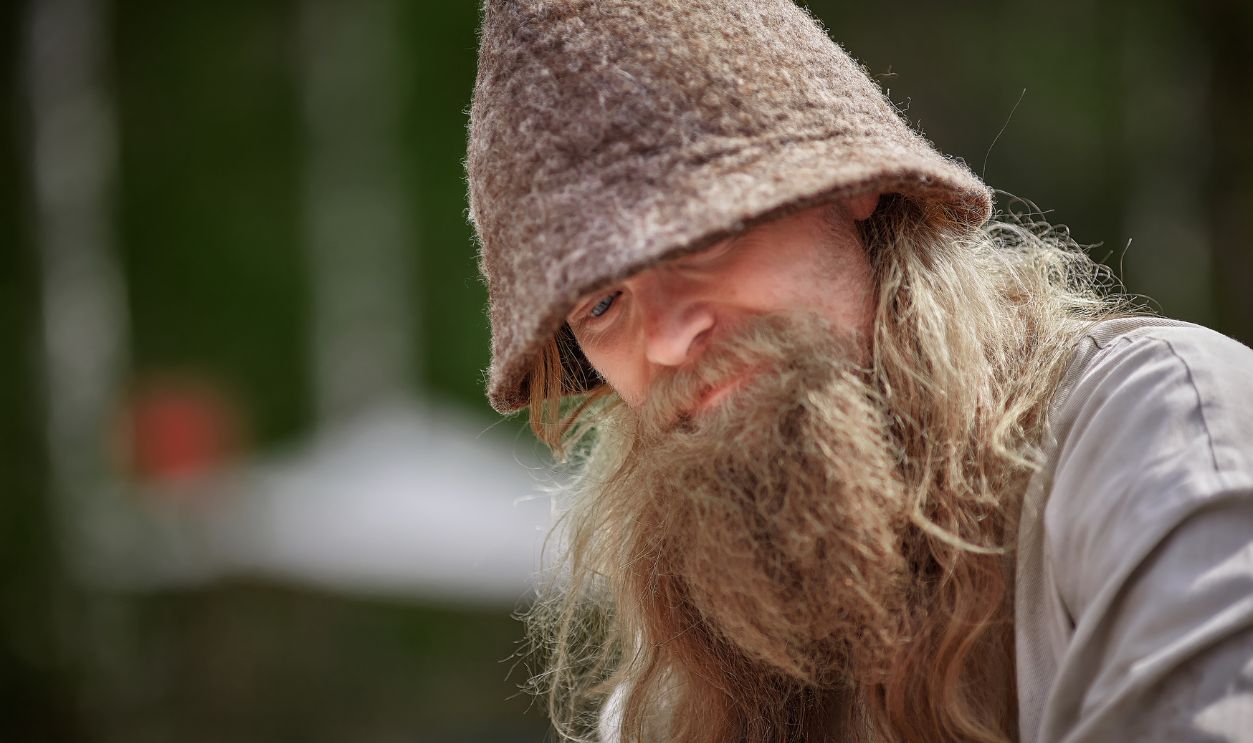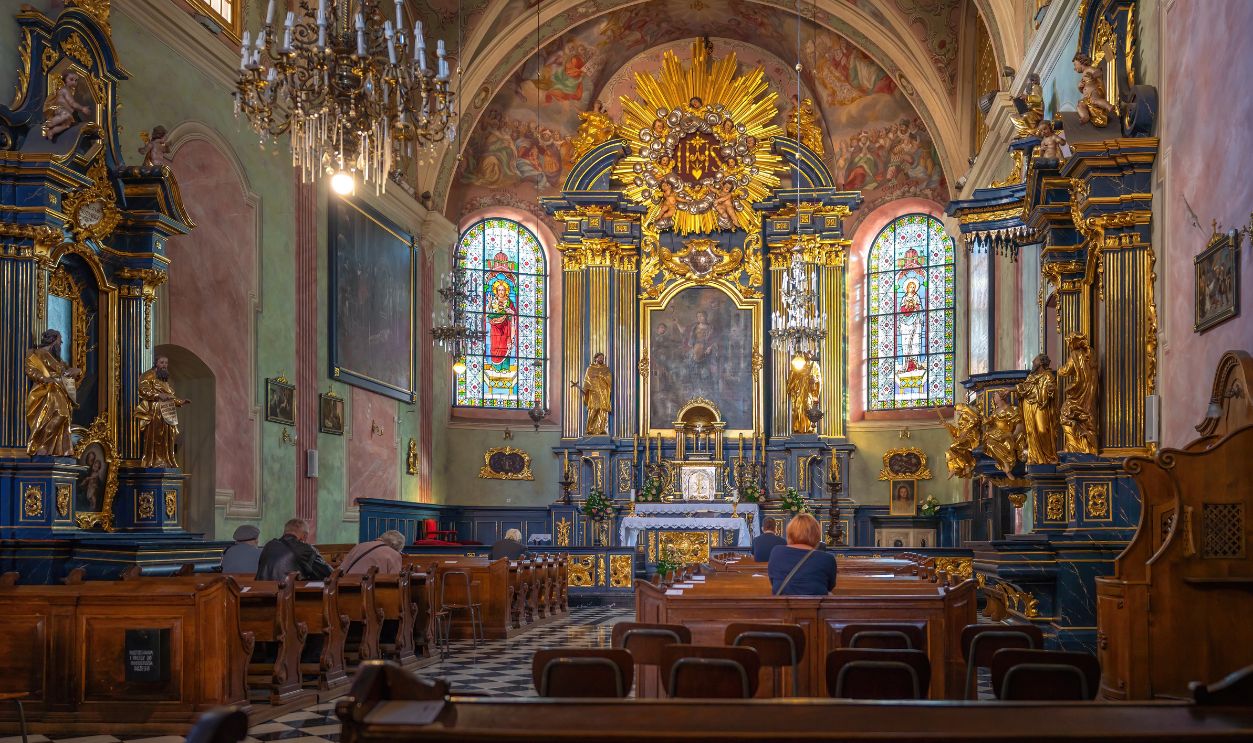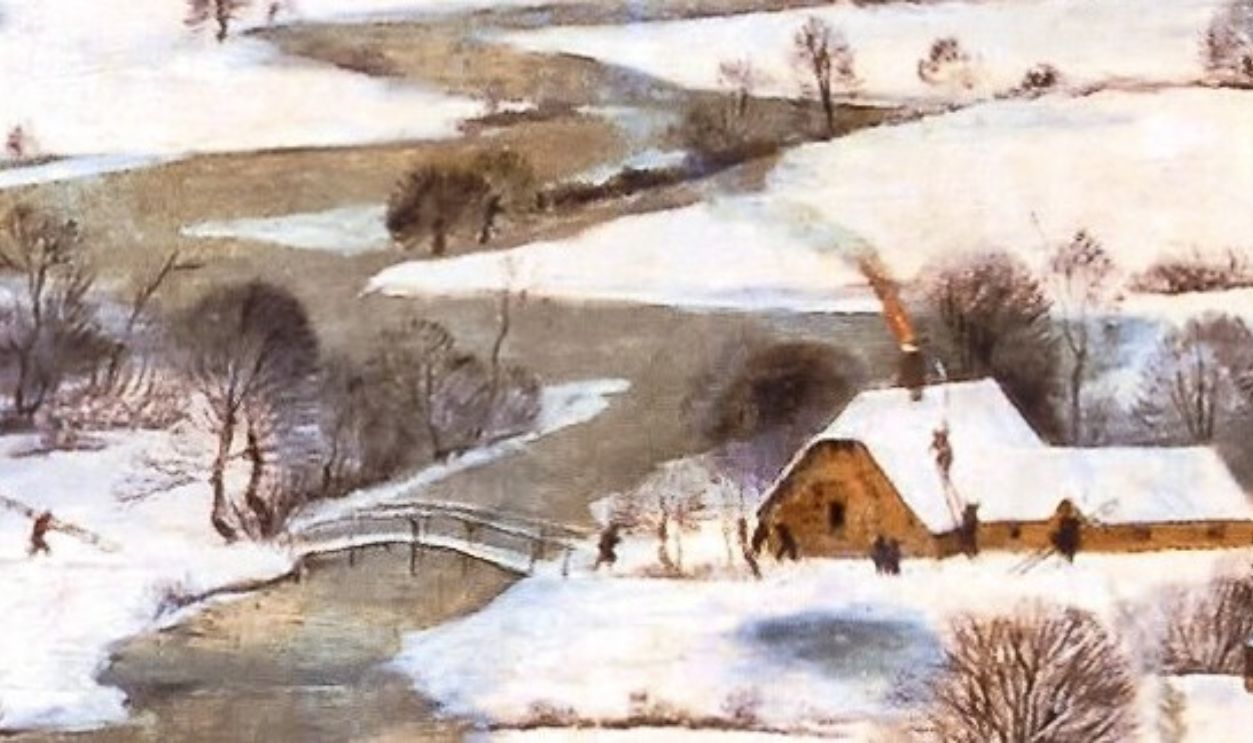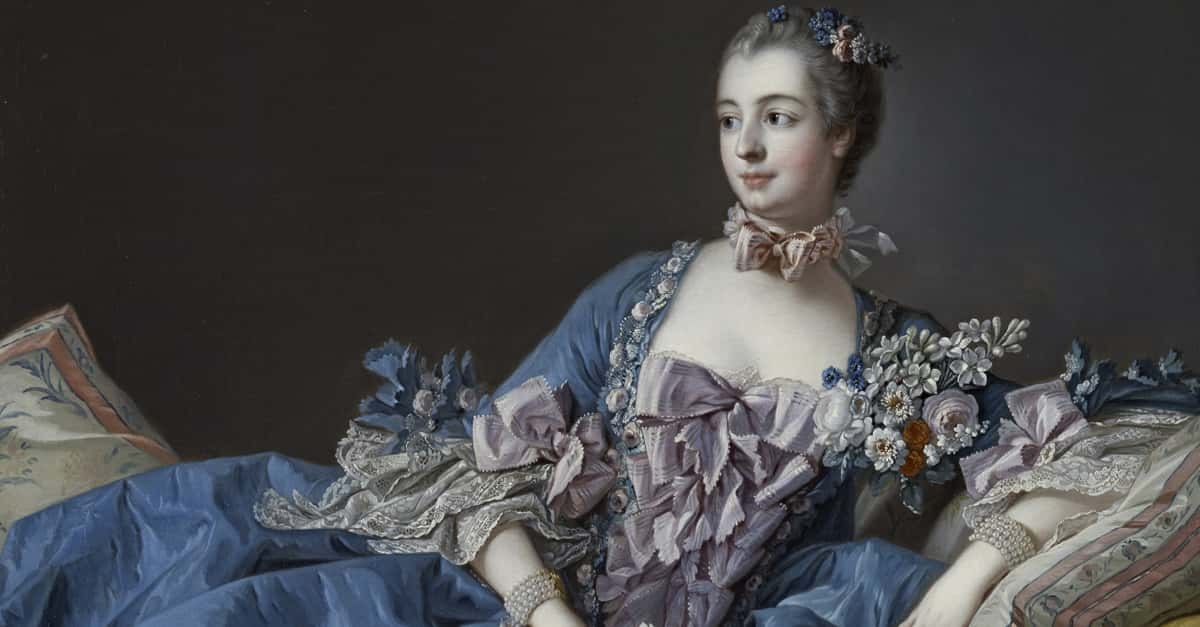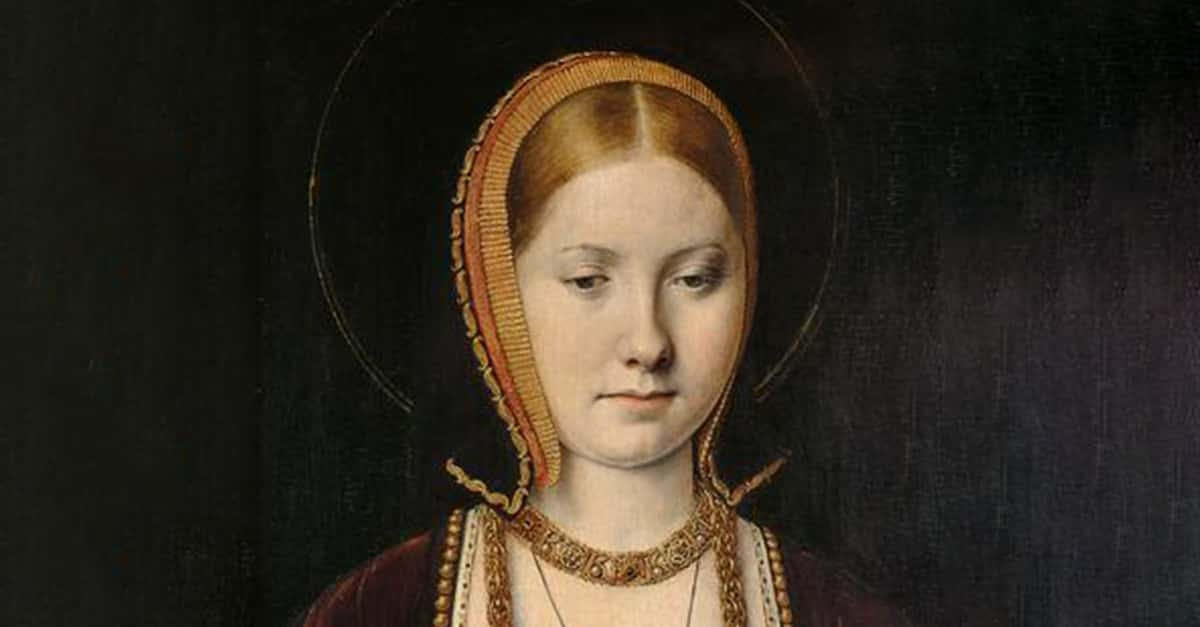Struggles In The Middle Ages
Winter is the season of peace and holidays, but not to our ancestors who were in an unbalanced fight with Mother Nature. So, without heated blankets, HVAC systems, heating pads, and radiators, how did people survive the cold winters?
The Little Ice Age Was Disastrous
Between 1300 and 1870, Europe experienced colder winters due to the Little Ice Age, which made survival during these months more difficult. Scientists believe that this was caused by decreased solar activity, which made life challenging, especially where the mountain glaciers of the Alps expanded. 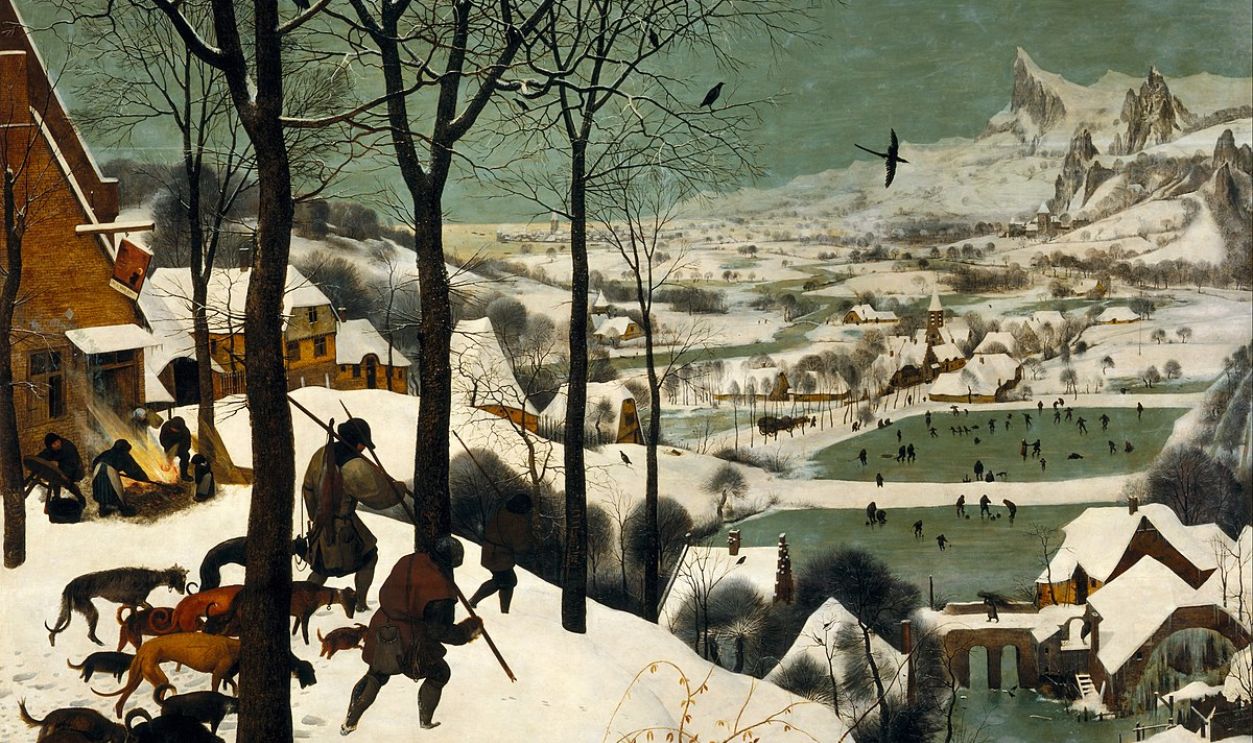 Pieter Brueghel the Elder, Public domain, Wikimedia commons
Pieter Brueghel the Elder, Public domain, Wikimedia commons
Fatal Snowfalls
The winter of 1363–64 was one of the harshest in Europe, with rivers like the Rhine freezing over and marketplaces being held on the ice. In southern France, snowfalls in 1389 were so heavy that farmhouses collapsed and killed many under the weight of snow.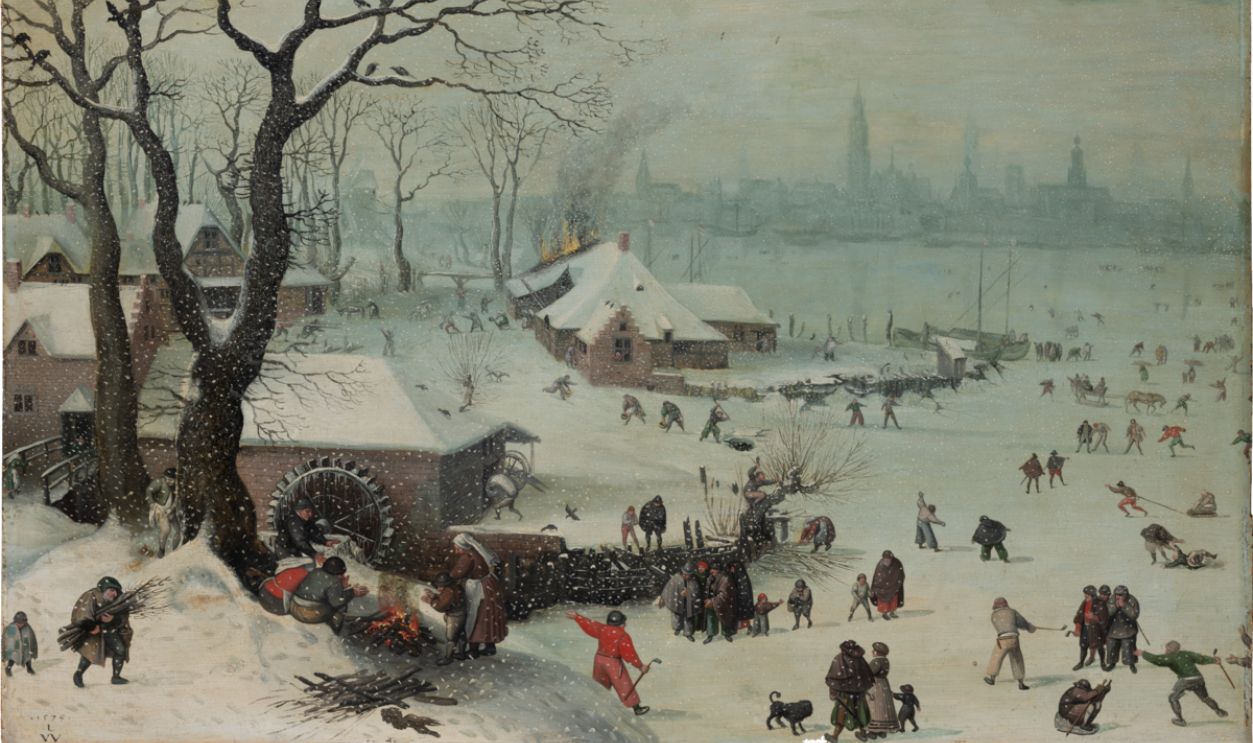 Lucas van Valckenborch, Wikimedia Commons
Lucas van Valckenborch, Wikimedia Commons
Community Cooperation Was The Way To Survive
Surviving winter was a communal effort. Neighbors helped each other gather firewood, share food supplies, and repair homes. This cooperation was essential, especially in villages where isolation could mean the difference between life and death. In some cases, several families would gather in one home for comfort and warmth.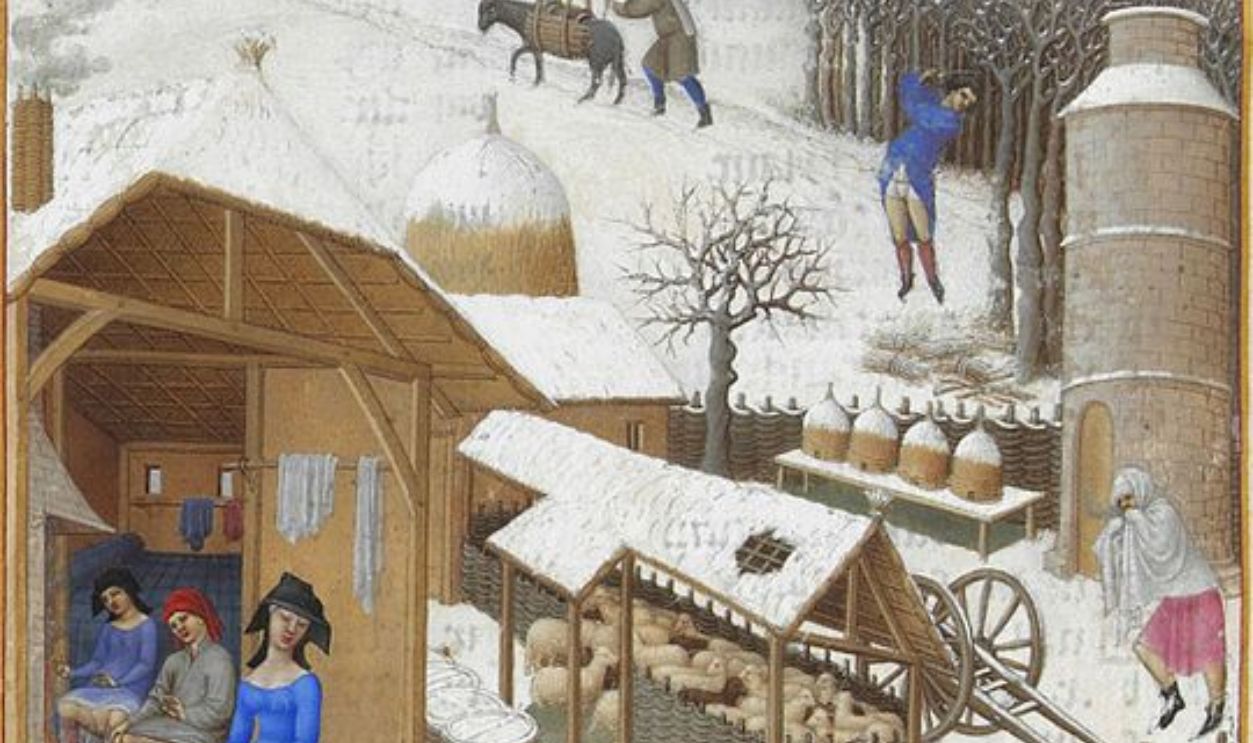 Limbourg brothers, Public domain,, Wikimedia Commons
Limbourg brothers, Public domain,, Wikimedia Commons
Barter System
Money wasn't always readily available, so people often bartered goods and services. Firewood, food, warm clothing, and other valuable items could be traded for other essentials so that everyone in the community had what they needed to survive. F.S. Church Public domain,, Wikimedia Commons
F.S. Church Public domain,, Wikimedia Commons
Winter Meant Starvation
Winter often led to food shortages, especially when harvests were poor due to the low temperatures that killed plants and even animals. Communities depended on the autumn yield, and any shortfall meant hunger, particularly for the poor, who had little surplus to rely on.
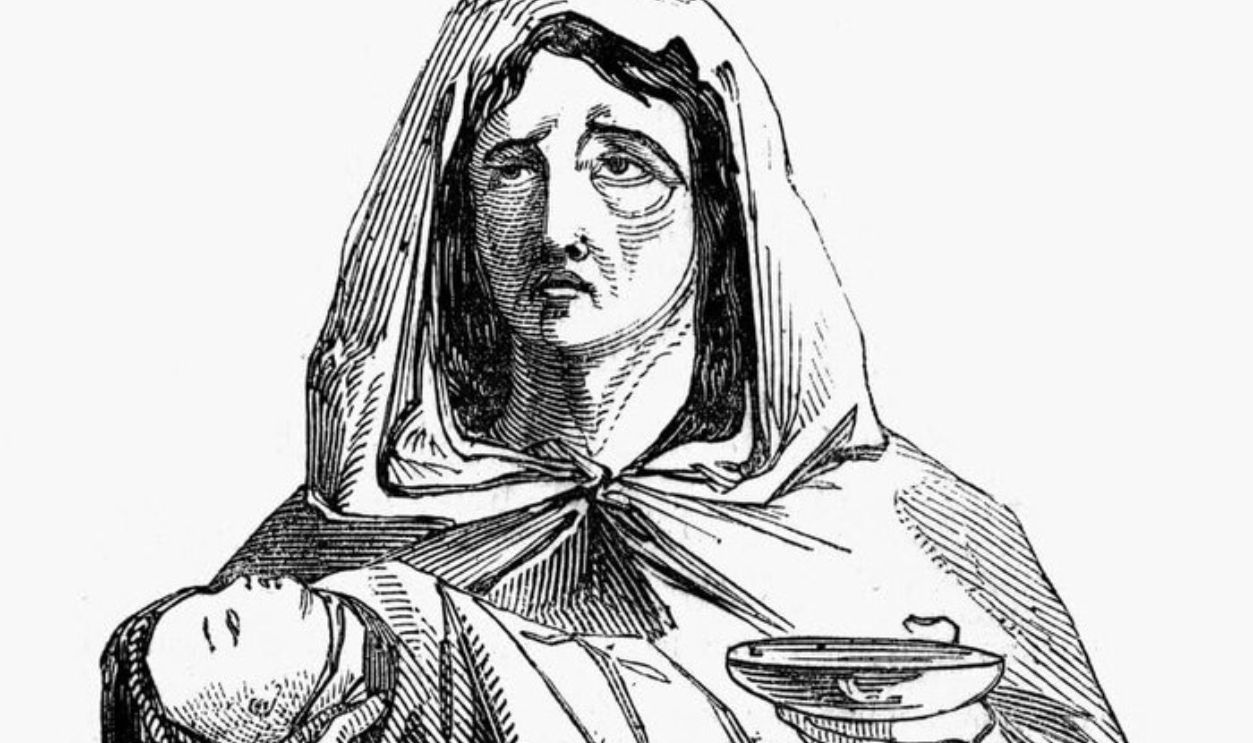 Unknown Author, Wikimedia Commons
Unknown Author, Wikimedia Commons
The Great Famine
The Great Famine from 1315 to 1322 devastated Europe, worsened by harsh winters and poor harvests. Starvation, disease, and crop failures made these years particularly deadly, highlighting the vulnerability of medieval populations to food shortages. It was the worst, but not the only one.
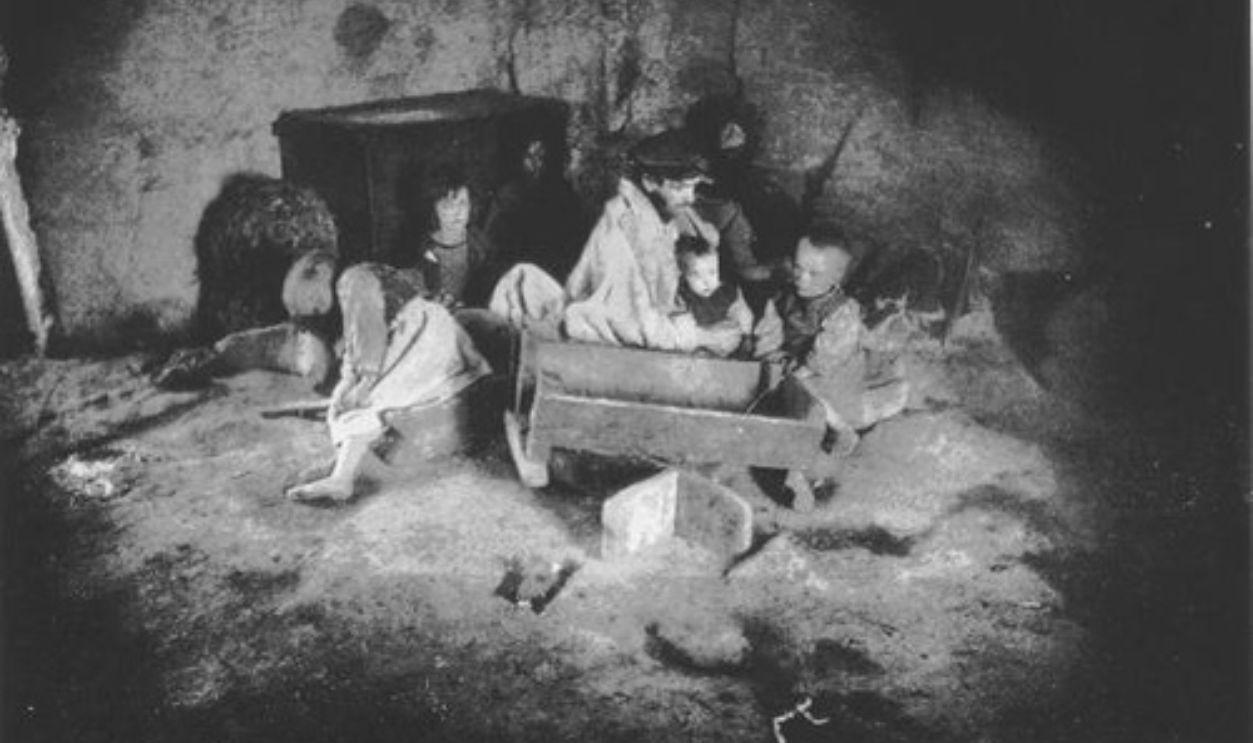 Unknown Author, Wikimedia Commons
Unknown Author, Wikimedia Commons
So, Stockpiling Food Became A Must
Medieval communities relied on the foresight of stockpiling food during harvest to survive the cold months. This meant storing grains, beans, and root vegetables like turnips in cool, dry areas so that even as the frost set in, they had something to sustain themselves.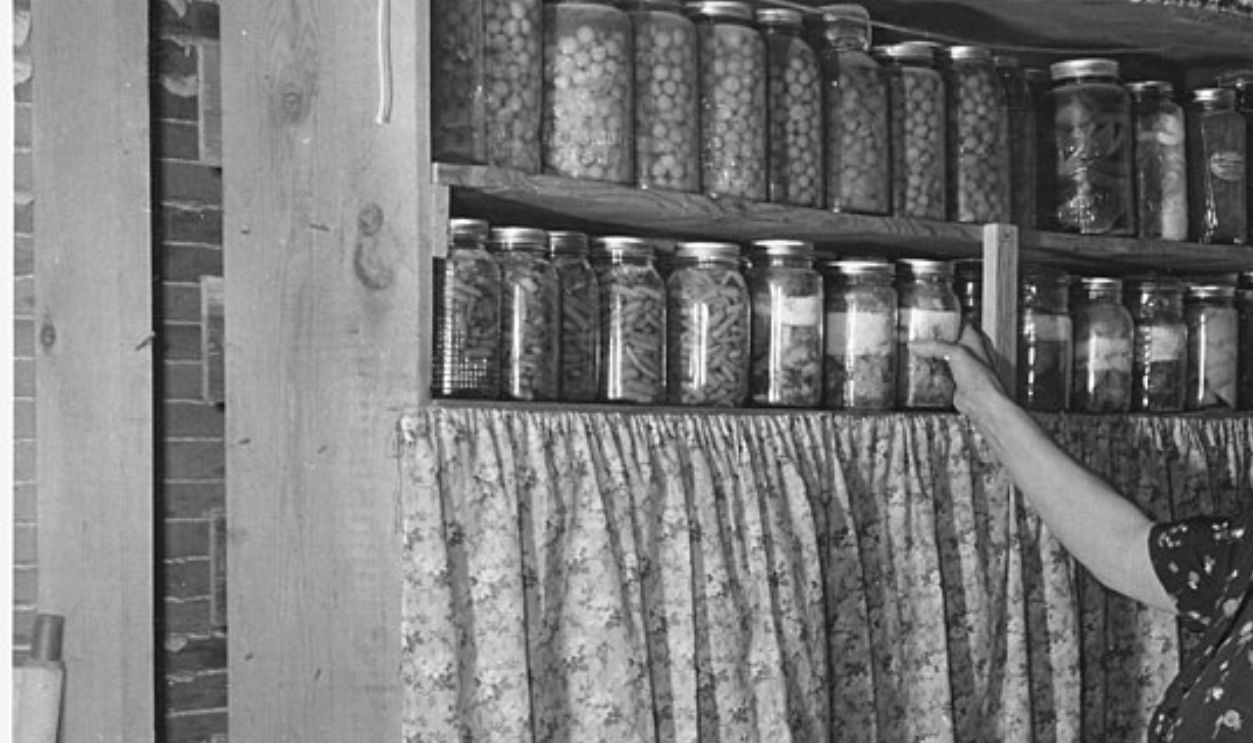 National Archives at College Park, Public domain, Wikimedia Commons
National Archives at College Park, Public domain, Wikimedia Commons
Meat And Fish Preservation
Without modern refrigeration, salting was a lifesaving method for preserving meat. Pork was particularly favored, often salted and hung in storage so families could maintain a steady protein supply through winter. Smoking allowed people to enjoy fish when fishing was no longer possible due to frozen waters.
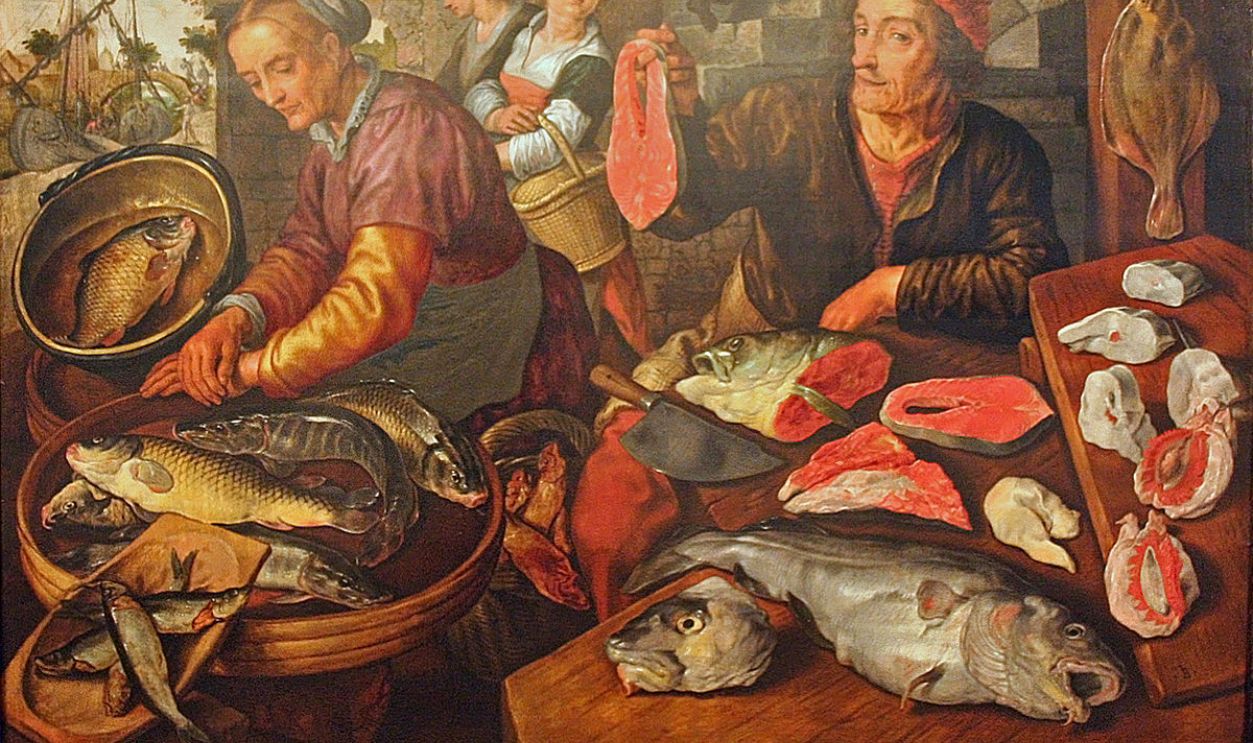 Follower of Joachim Beuckelaer, Public domain, Wikimedia Commons
Follower of Joachim Beuckelaer, Public domain, Wikimedia Commons

History's most fascinating stories and darkest secrets, delivered to your inbox daily.
Insulated Houses Were Rather A Miss
Medieval homes, made from stone or wood, offered basic shelter from the cold. Stone, though durable, held in the cold, while wood provided better insulation. The thick walls of these homes helped retain what little warmth could be generated.
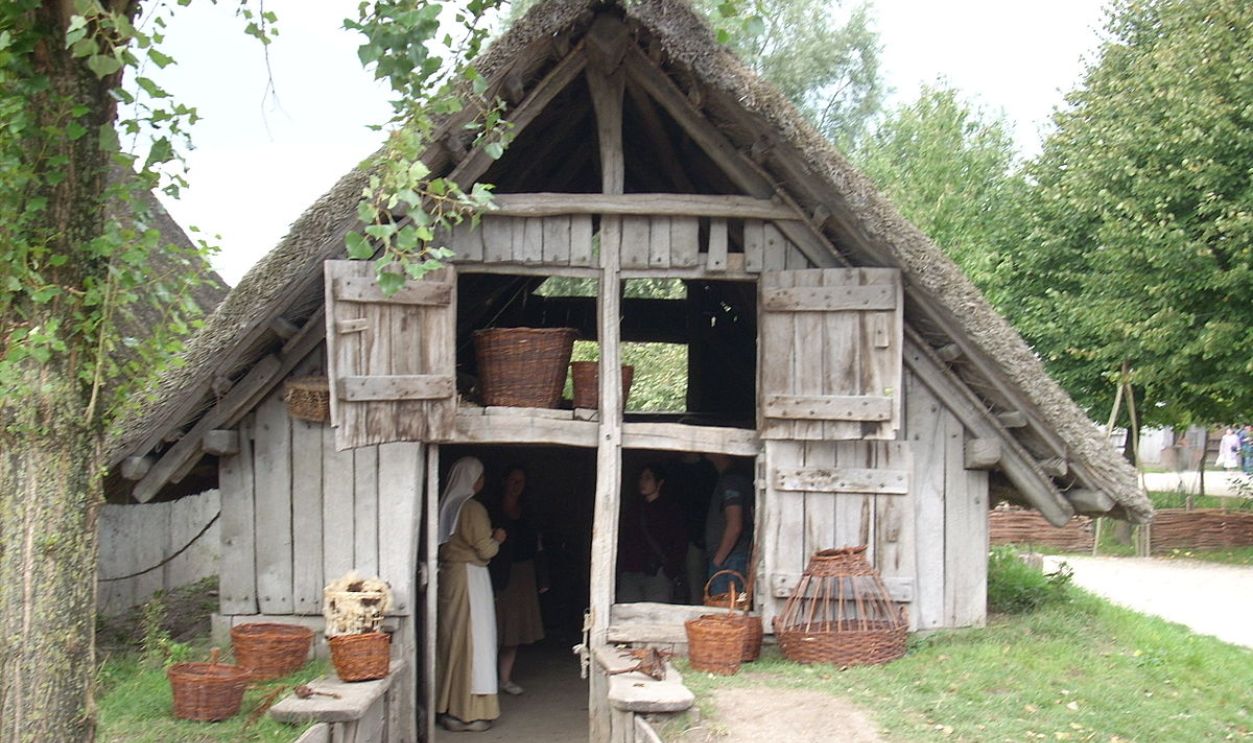 Marc Strauch, Wikimedia Commons
Marc Strauch, Wikimedia Commons
The Rich Could Afford Better Insulated Homes
Although more people shifted towards stone buildings because they were more durable, people soon realized that they were colder than the ones made of clay and wood. Nevertheless, only the elite could afford these buildings, which also showed their status. 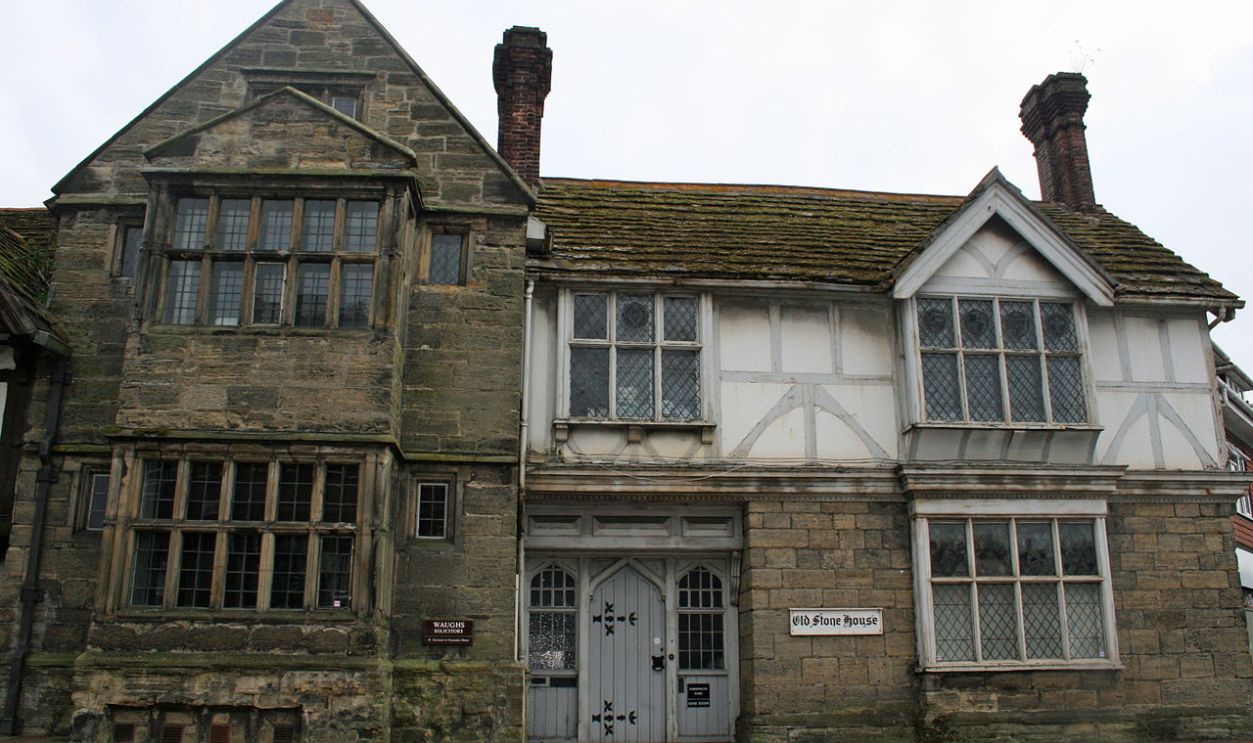 Jo Turner, CC BY-SA 2.0, Wikimedia commons
Jo Turner, CC BY-SA 2.0, Wikimedia commons
People Preferred Smaller Rooms
The smaller the room, the easier it was to heat. Medieval people knew this and constructed homes with compact living spaces to retain warmth better. A fire in a small room could significantly raise the temperature, so having a big house wasn't always an advantage.
Thatched Roofs Were Lifesavers
Thick, thatched roofs served as an additional layer of insulation for medieval homes. The tightly woven straw thatch not only kept out rain and snow but also helped trap warmth inside, a vital feature in colder climates, although not always that efficient. 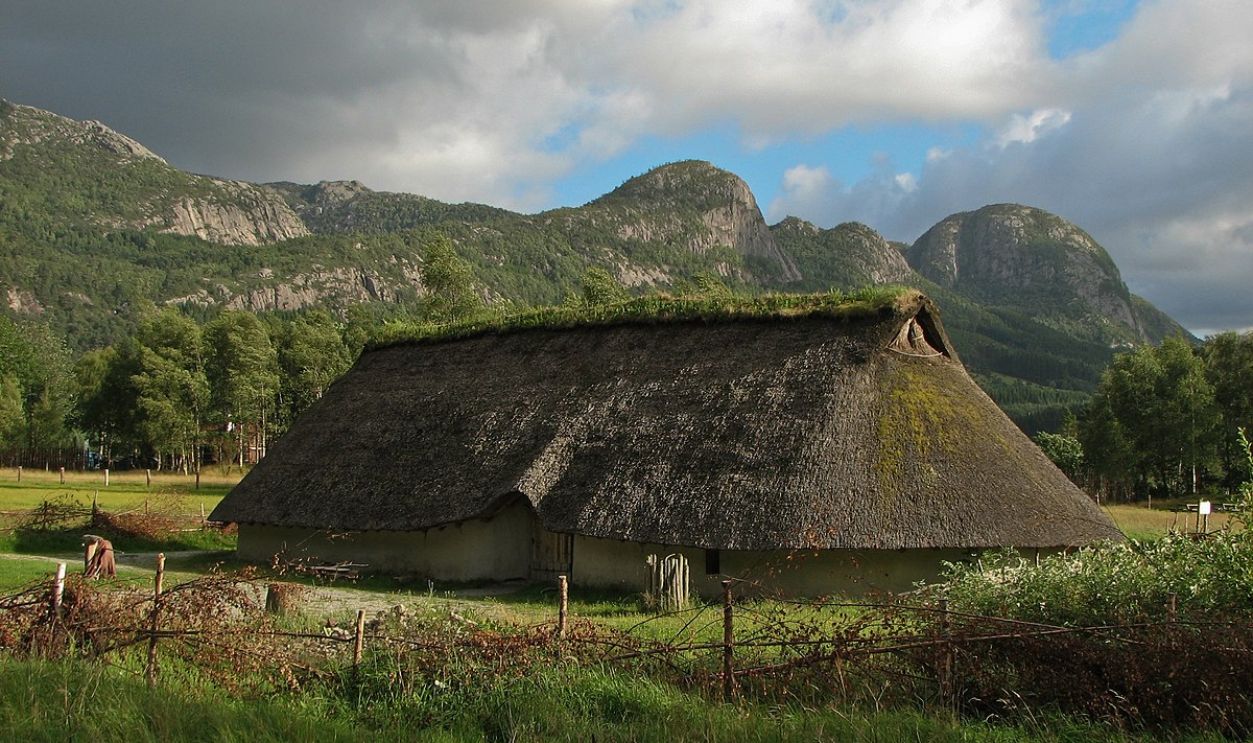 Mercy, CC BY-SA 3.0, Wikimedia commons
Mercy, CC BY-SA 3.0, Wikimedia commons
Fire Was The Heart Of The Home
A central fire was the main source of heat, cooking, and light. Without chimneys, smoke was filling people's homes, resulting in soot-covered peasants by the end of winter. However, when it came to choosing between freezing and living in unsanitary conditions, many people chose the latter. 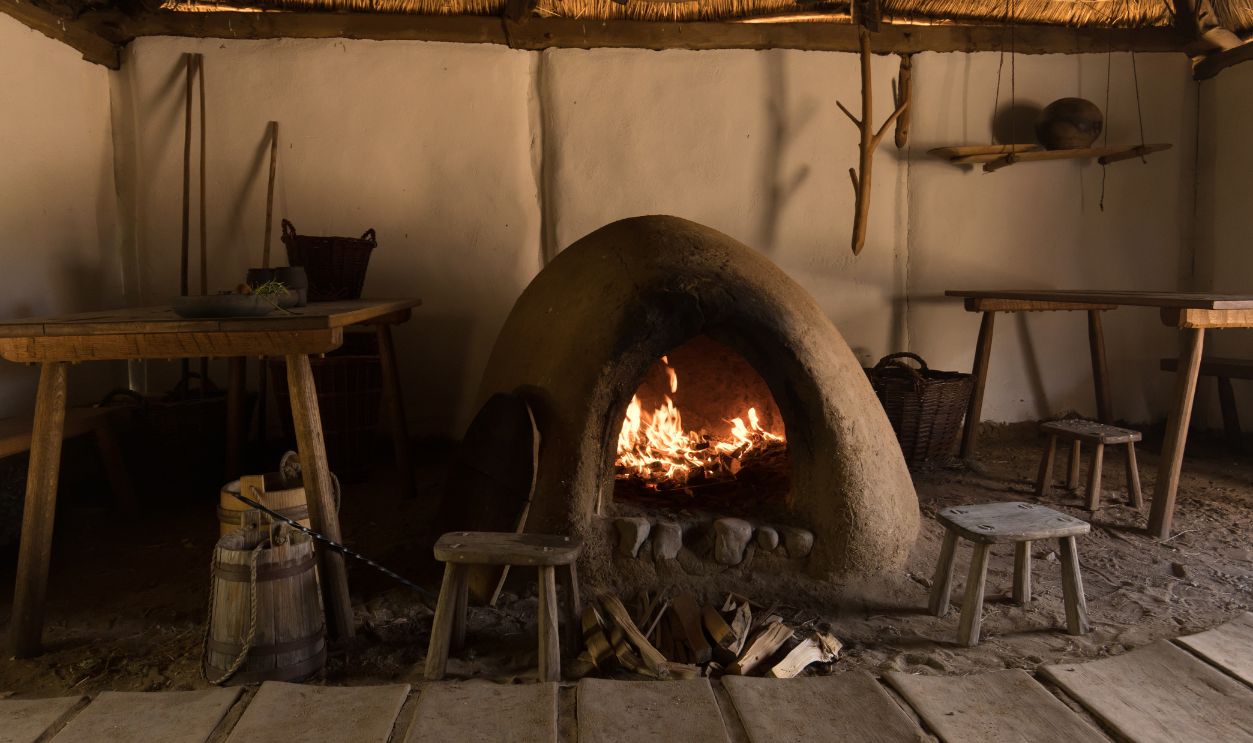 LGieger, Shutterstock
LGieger, Shutterstock
People Often Dealt With Ventilation Challenges
Ventilation holes in roofs allowed smoke to escape but let cold air in, making winters smoky but essential for preventing suffocation. Some people used foliage and paper on windows to prevent cold drafts, while others sealed them with plaster.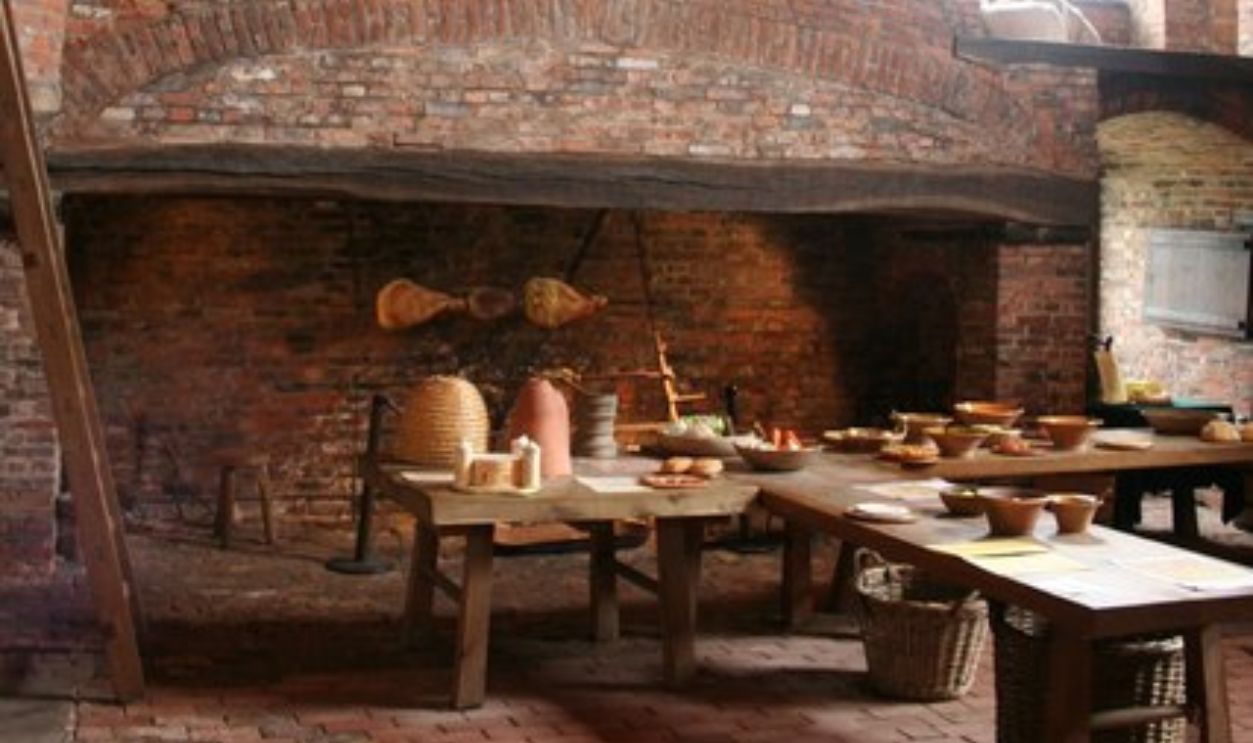 Richard Croft, Wikimedia Commons
Richard Croft, Wikimedia Commons
Early Chimneys
Early chimneys, though primitive, allowed smoke to escape and heat to remain indoors. As they evolved, chimneys became more efficient, helping families keep their homes warmer through long, bitter winters. Yet, cleaning the chimney was a must, or soot would fill the living area.  kimson, Shutterstock
kimson, Shutterstock
Various Fuel Sources
Firewood was precious, especially during long winters. People learned to conserve it by keeping fires low and covering embers overnight, stretching out their supply to last the harsh season. In regions where firewood was scarce, like Ireland and parts of Scotland, people turned to peat as a fuel source.
The Viking Longhouses And Fire Pits Were Revolutionary
Viking homes had long fire pits lined with stones that retained heat, helping warm their large communal living spaces during winter. Fire pits were usually constructed in the main area, surrounded by beds and seating areas. If there was a second floor, it was usually kept for storage.
Food That Brought Warmth
To keep warm, the Vikings invented several hearty and filling stews like pottage to stay warm during winter. Boiling root vegetables, grains, and occasional meat into a single pot was economical and an excellent way to stretch dwindling food supplies.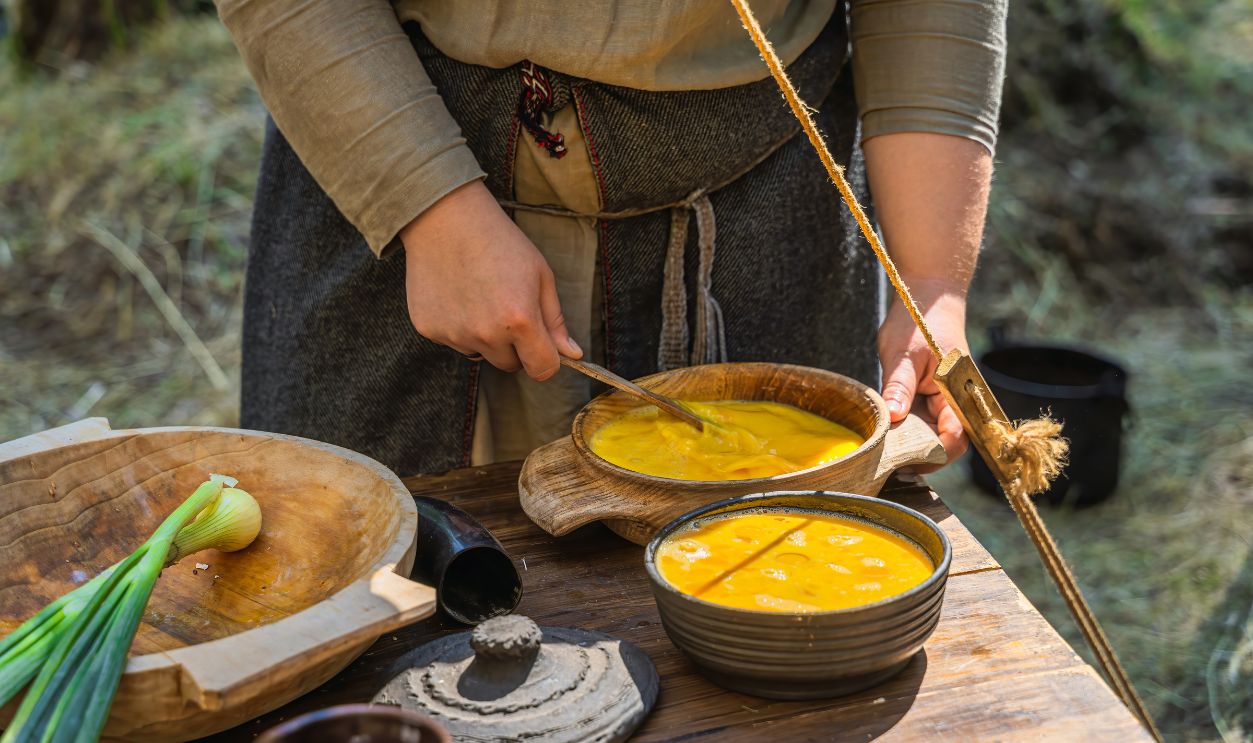 Dawid K Photography, Shutterstock
Dawid K Photography, Shutterstock
However, People Looked For More Ways To Stay Warm
Portable braziers were commonly used for warmth, but they posed significant fire risks, with many homes burning down due to careless use. However, when building a fire pit wasn't possible, people often resorted to them to keep warm. 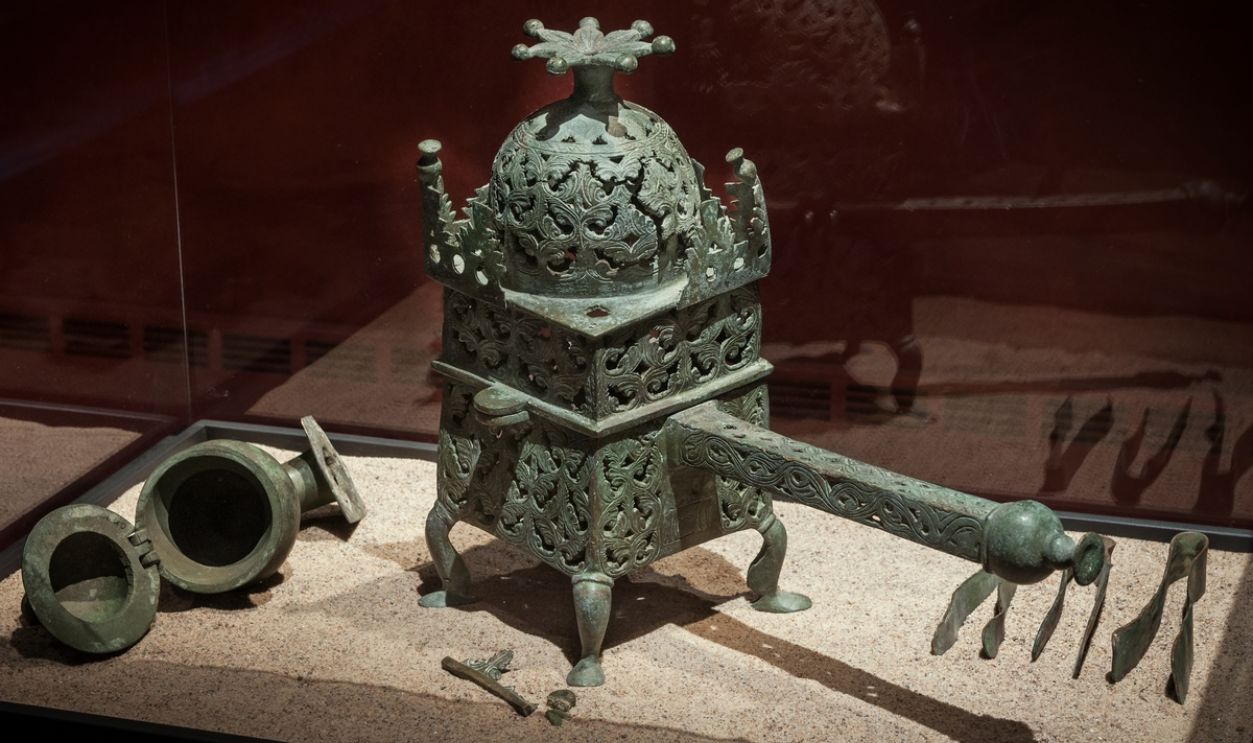 Länsmuseet Gävleborg, CC BY-SA 4.0, Wikimedia Commons
Länsmuseet Gävleborg, CC BY-SA 4.0, Wikimedia Commons
Candles And Rushlights For Soft Warmth
Candles made from animal fat or beeswax provided light during long, dark winter nights. While they offered minimal heat, their warm glow was a welcome comfort. A more affordable alternative to candles, rushlights, were plant stalks dipped in animal fat, providing dim light for those who couldn't afford beeswax. 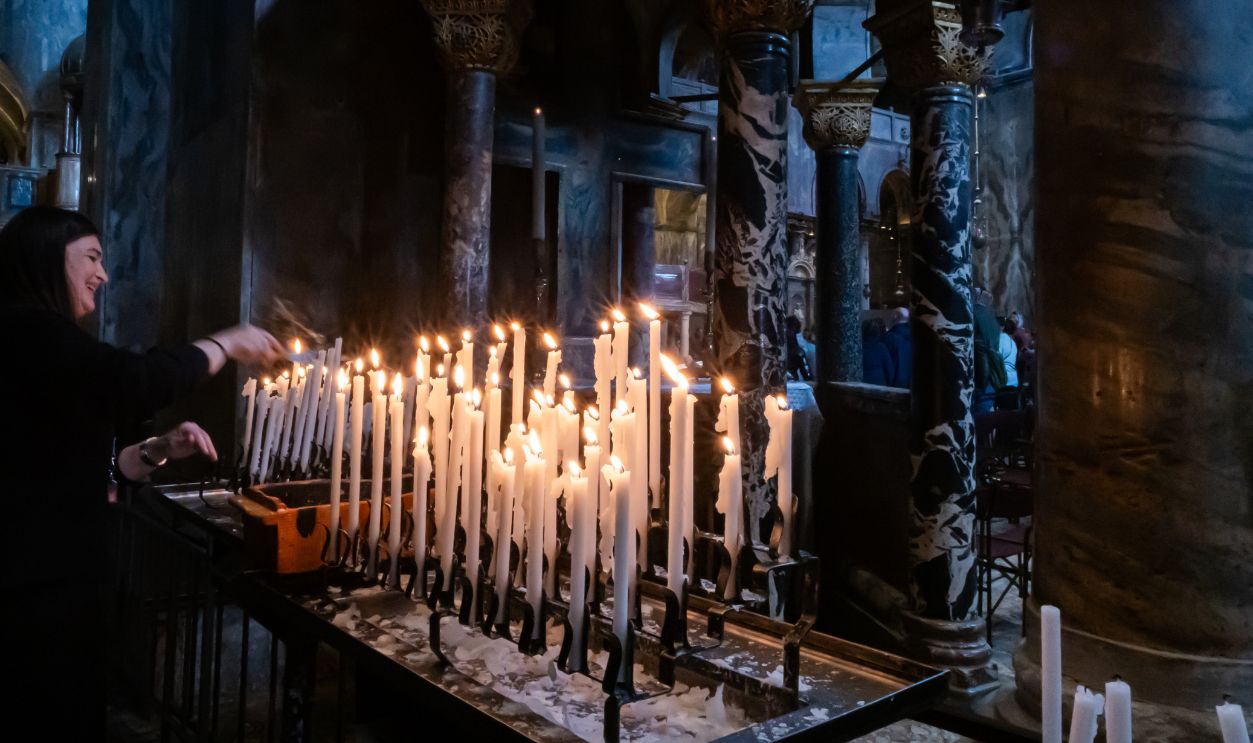 Nowaczyk, Shutterstock
Nowaczyk, Shutterstock
Animals Were Family
In colder climates, some families brought smaller livestock like pigs and chickens indoors to shield them from the cold. It helped keep the animals warm and maintain body heat within homes lacking proper insulation. However, the smell was sometimes unbearable. 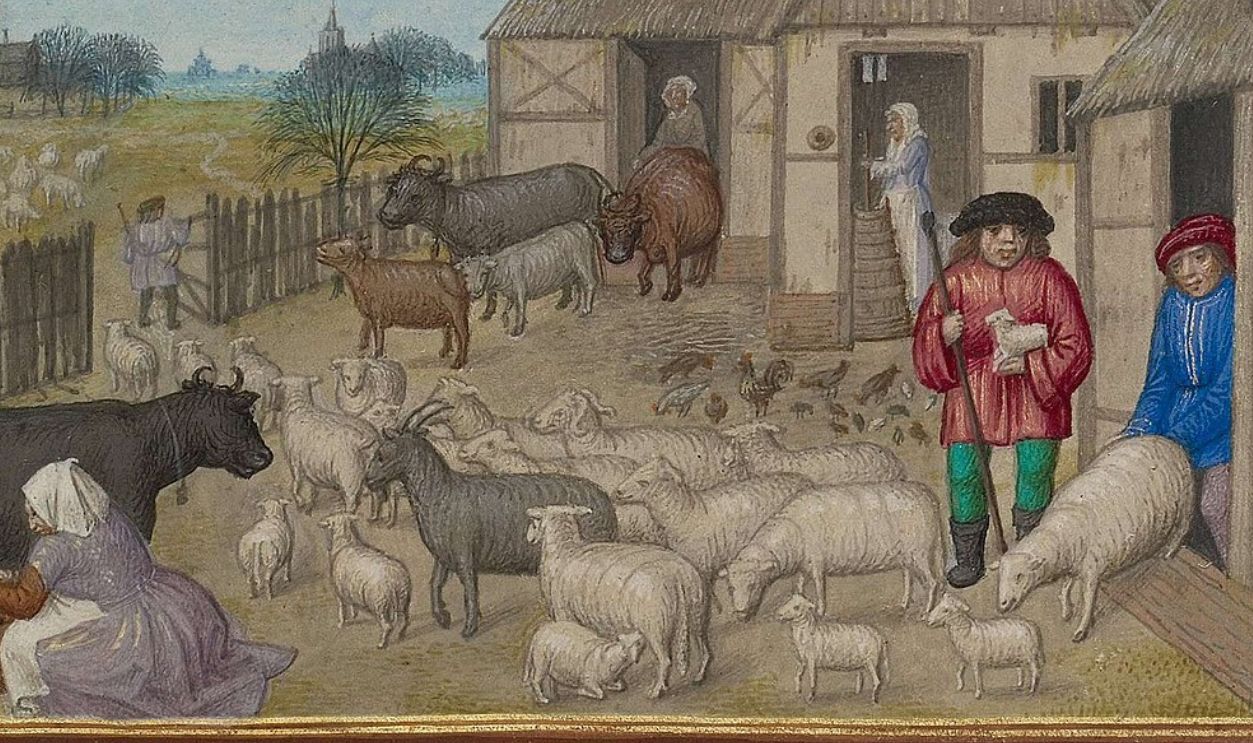 Master of James IV of Scotland, Wikimedia commons
Master of James IV of Scotland, Wikimedia commons
Going To Bed With Their Pets
While people kept cattle in a separate room at the back of the house, they often went to bed with their pets. Chickens, cats, and dogs were kept as pets, but also to serve a purpose. For example, dogs could guard the house, and cats could catch mice. 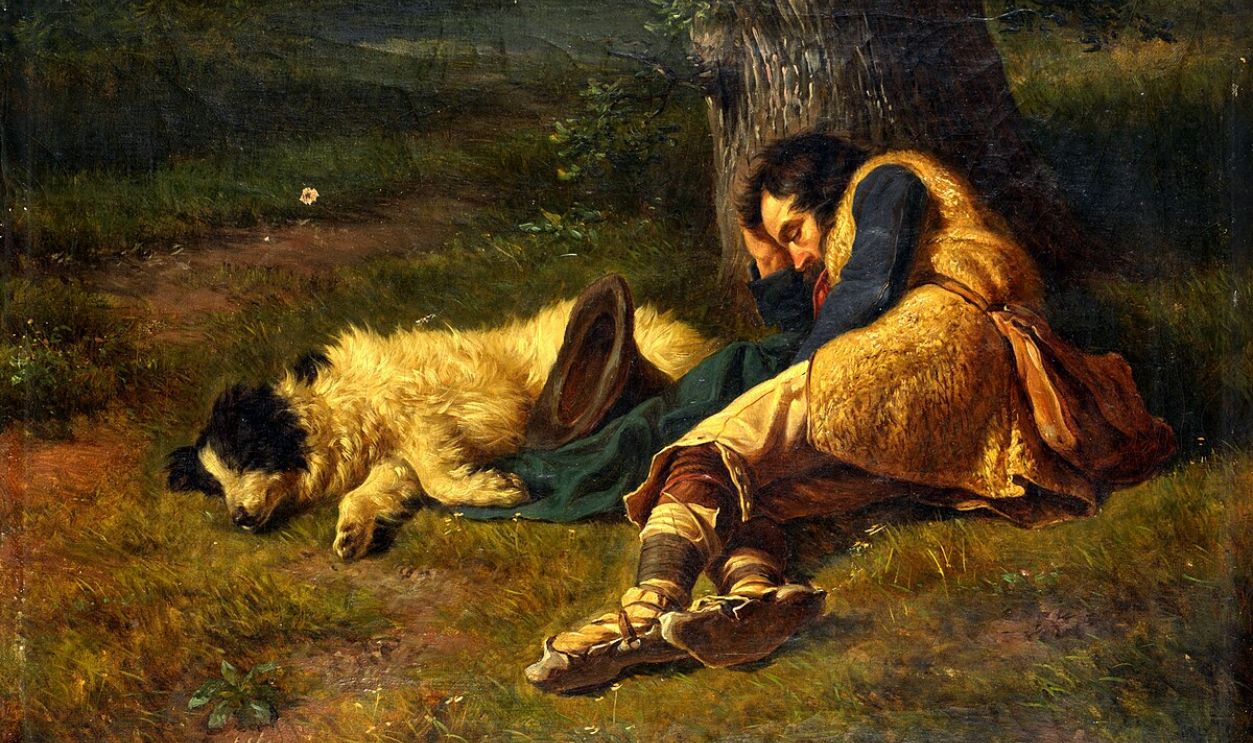 Filippo Palizzi, Wikimedia commons
Filippo Palizzi, Wikimedia commons
Wool Was The Star Of The Show
As for dressing up, medieval clothing emphasized layering for warmth. Wool was the preferred fabric, with undergarments, tunics, and cloaks all worn together. Its ability to trap heat while wicking away moisture meant it was worn in abundance, from thick tunics to scarves and cloaks.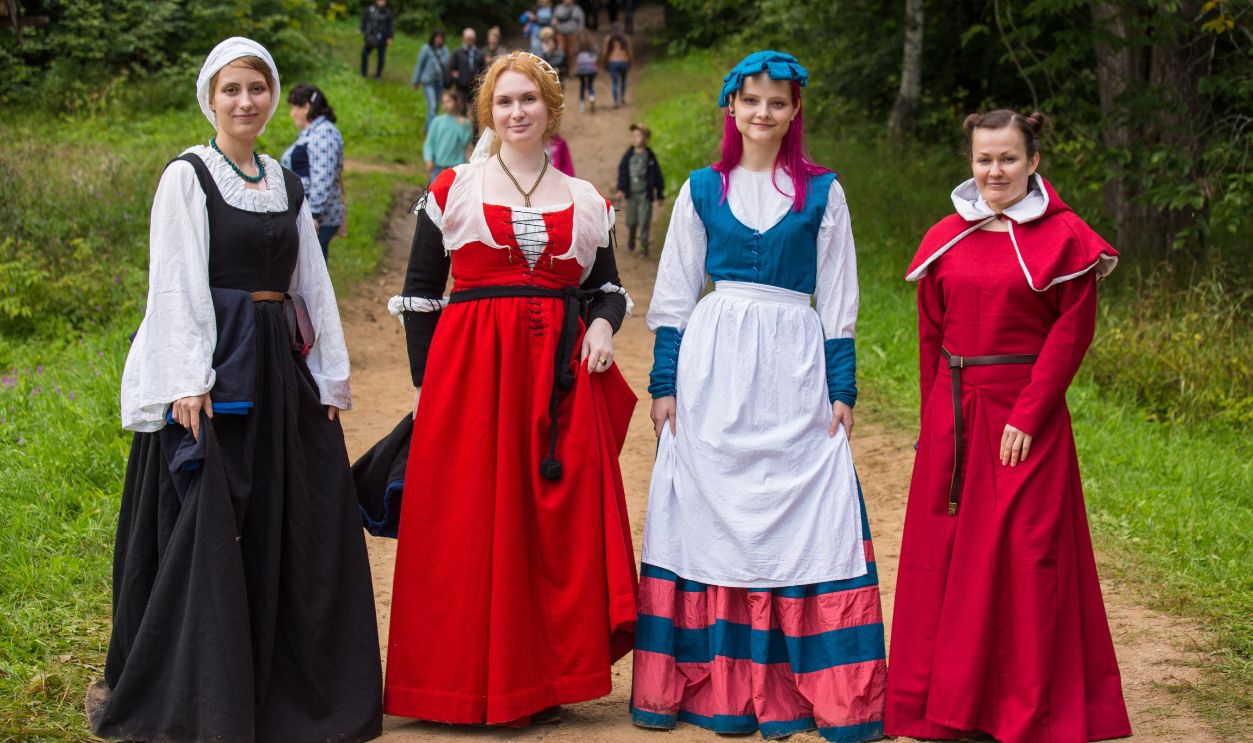 Natalia Golovina, Shutterstock
Natalia Golovina, Shutterstock
Wardrobe Choices Were Limited
Wool's natural insulation qualities made it a prized fabric in medieval winters. It was itchy, though, so people had to wear linen undergarments. And while the wealthy had more luxurious options, the poor made do with what they had, often piling on multiple layers of patched clothing.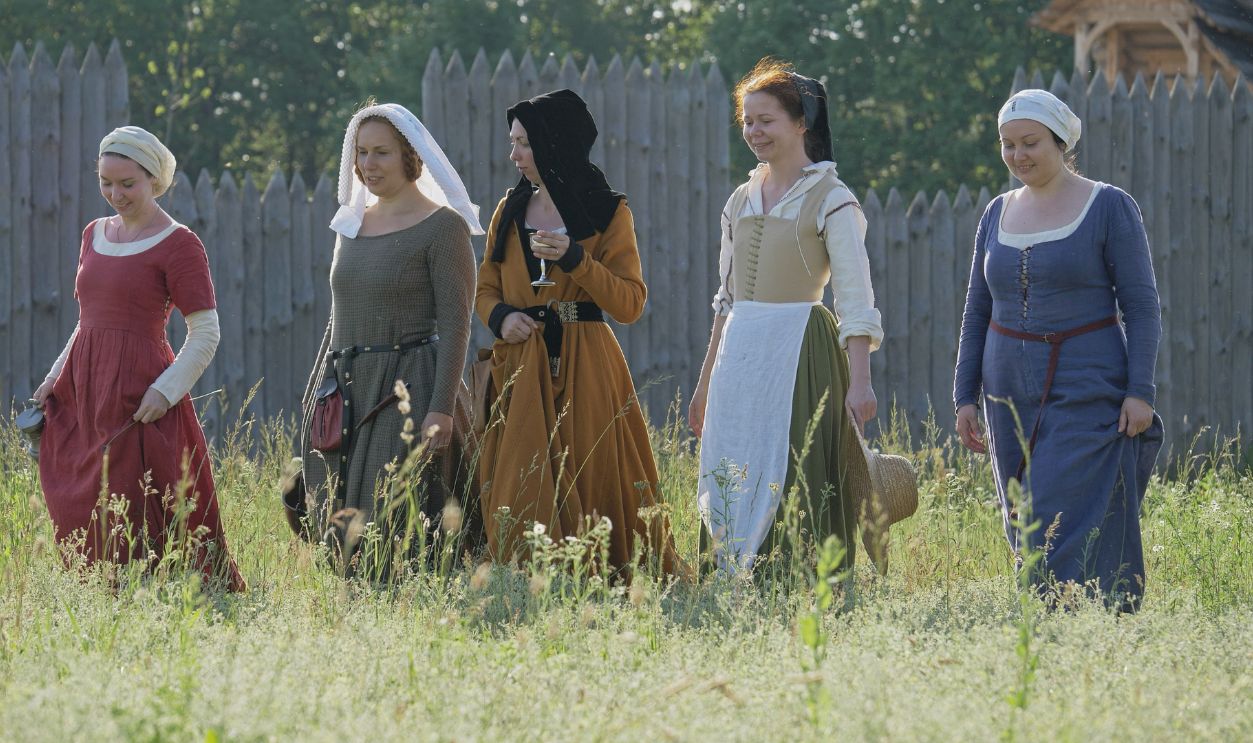 Alex_Maryna, Shutterstock
Alex_Maryna, Shutterstock
Fur Was For The Wealthy
Only the wealthy could afford fur-lined garments, which were fashionable and practical. Furs from animals like foxes, rabbits, and bears were worn as cloaks, shawls, or linings in winter clothing, keeping the elite cozy during frigid days.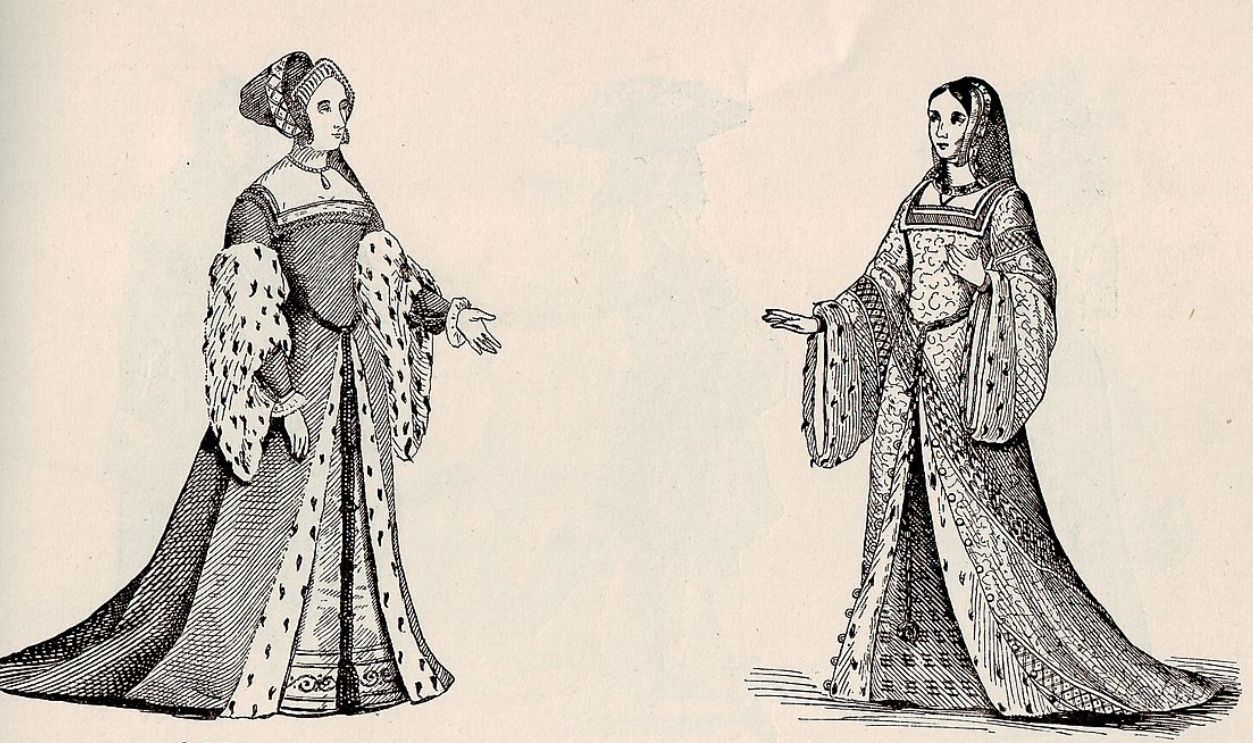 Unknown Author, Wikimedia commons
Unknown Author, Wikimedia commons
Clothing Laws Were Implemented
As a matter of fact, a clothing law was established to explain what people can and can't wear. Sanctuary laws dictated that only rich people and royalty could wear fox, lamb, rabbit, and cat fur. Women were to wear clothes according to the status of their husbands and fathers. 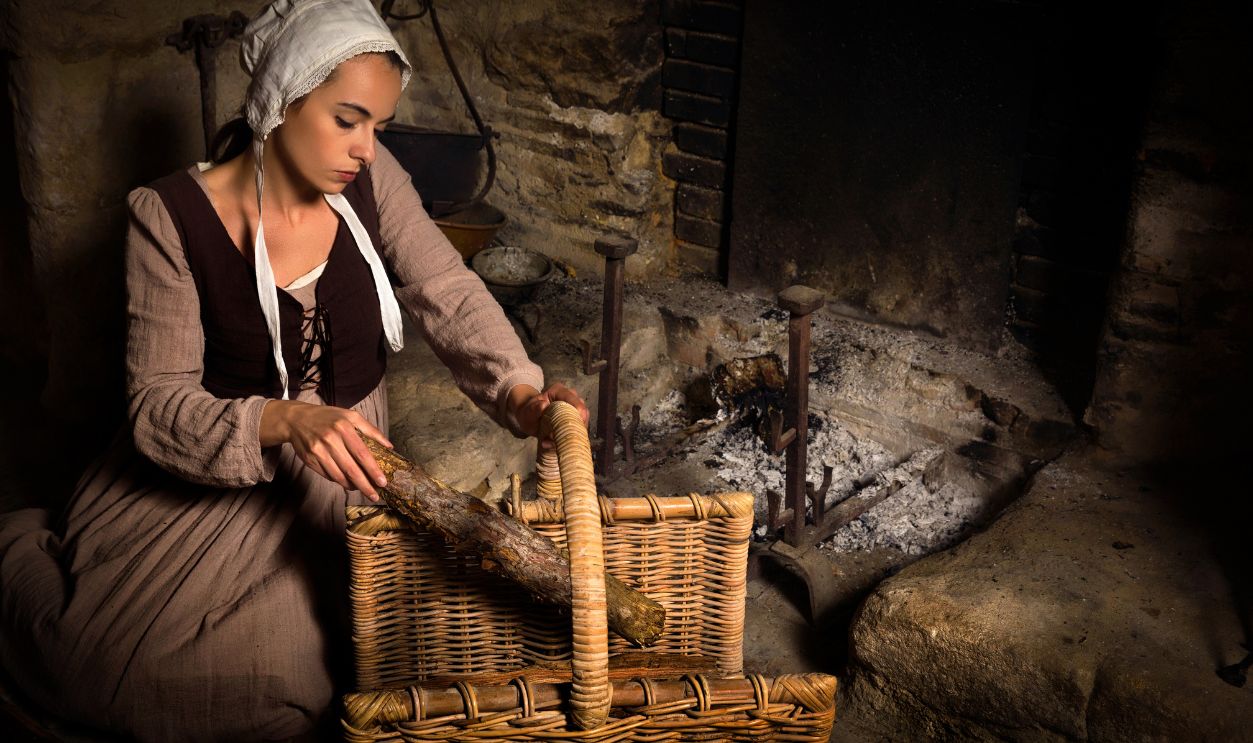 Anneka, Shutterstock
Anneka, Shutterstock
The Fashion Sense Reflected Necessities
For the lower classes, winter clothing was often a patchwork of worn fabrics. They didn't care much if they wore matching colors. Garments were mended and layered, with practicality trumping style, and those patched outfits were essential to surviving the winter's biting cold. 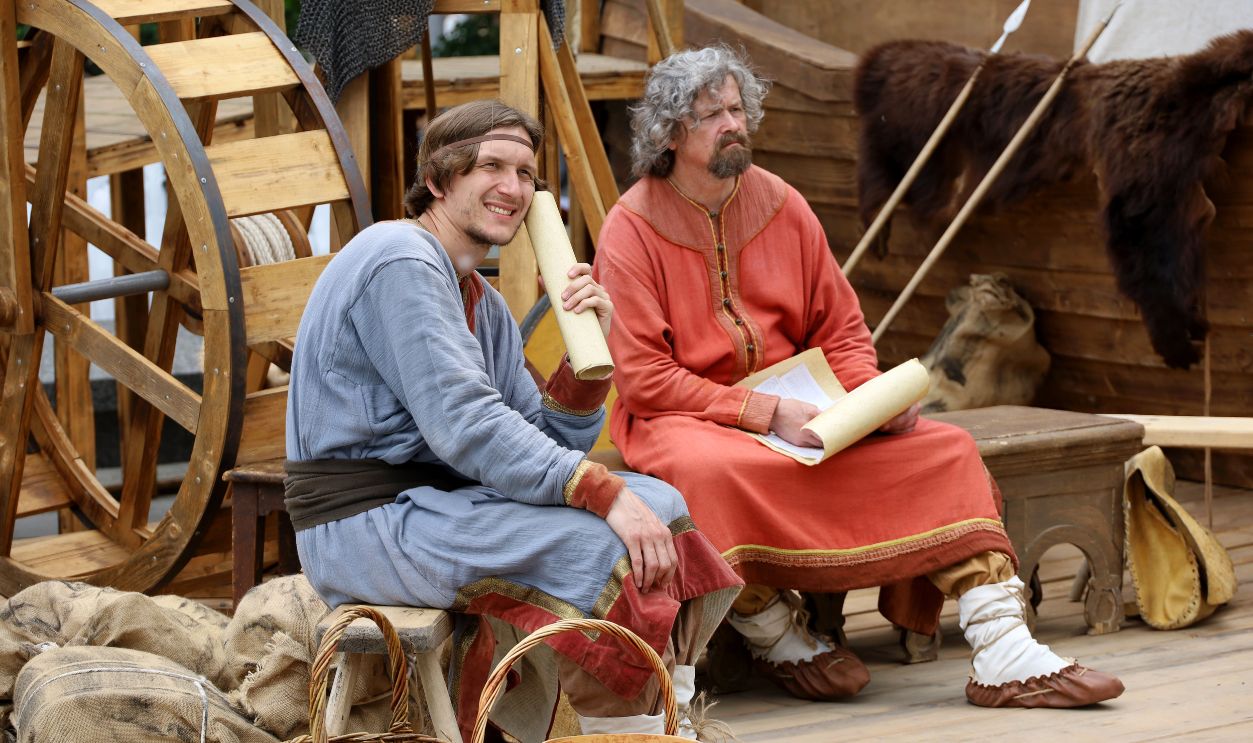 Oleg Elkov, Shutterstock
Oleg Elkov, Shutterstock
Metal Hand Warmers
Metal hand warmers, often used by priests during cold services, were filled with hot charcoal and provided much-needed heat during long winter ceremonies without burning the hand. Rich people also used them as accessories when they went outside. 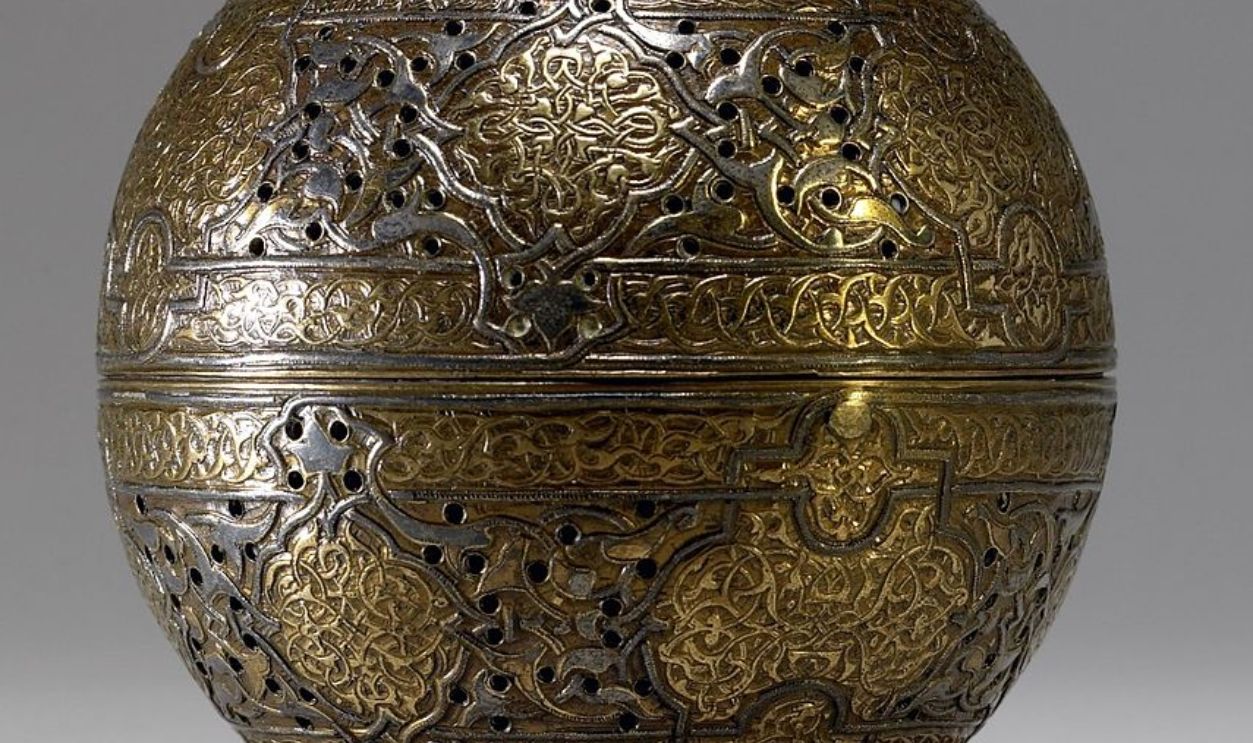 Walters Art Museum, Wikimedia commons
Walters Art Museum, Wikimedia commons
Limited Travel Was A Nuisance
Winter travel was dangerous and limited. Snow-covered roads and the threat of frostbite kept most people indoors or restricted to short journeys within their village. Long trips were avoided unless absolutely necessary, and people preferred postponing their travels.
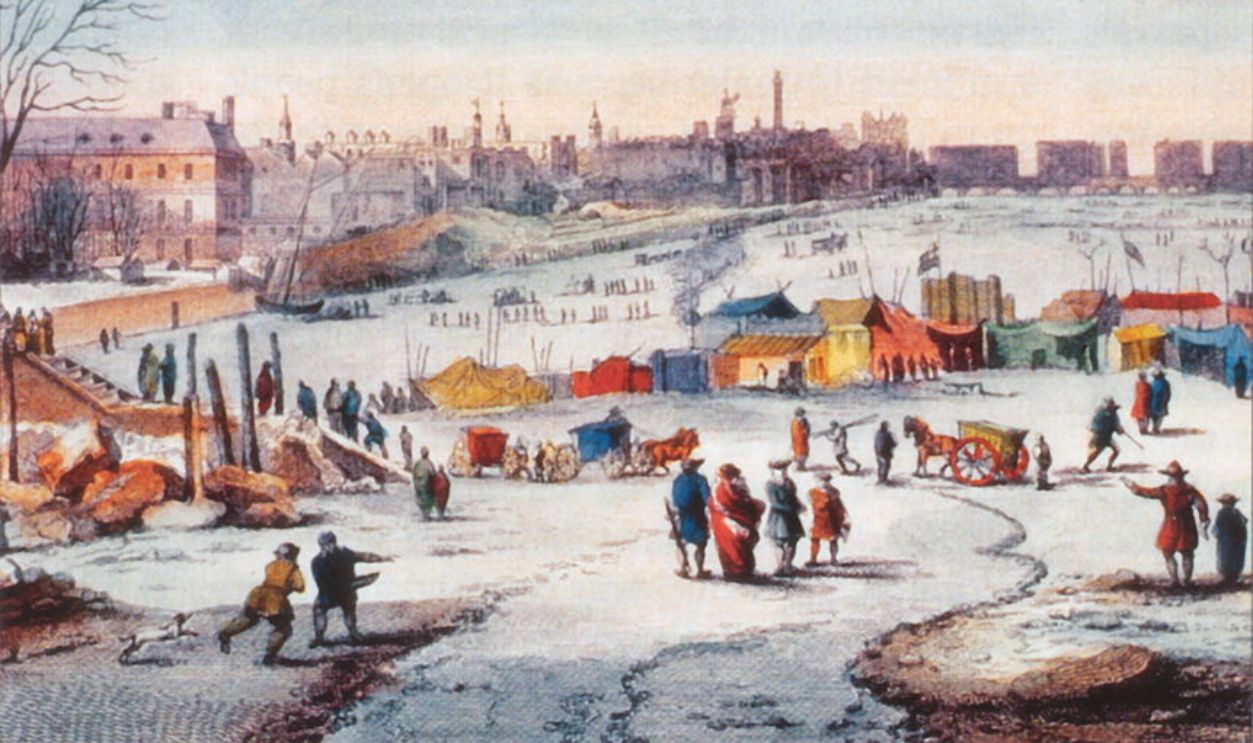 Thomas Wyke, Wikimedia Commons
Thomas Wyke, Wikimedia Commons
Wooden Sleds Pulled By Animals Were The Optimal Choice
For those who had to travel, wooden sleds were a useful mode of transportation across snow-covered landscapes. Pulled by animals or people, they allowed for the movement of goods and individuals over longer distances in winter.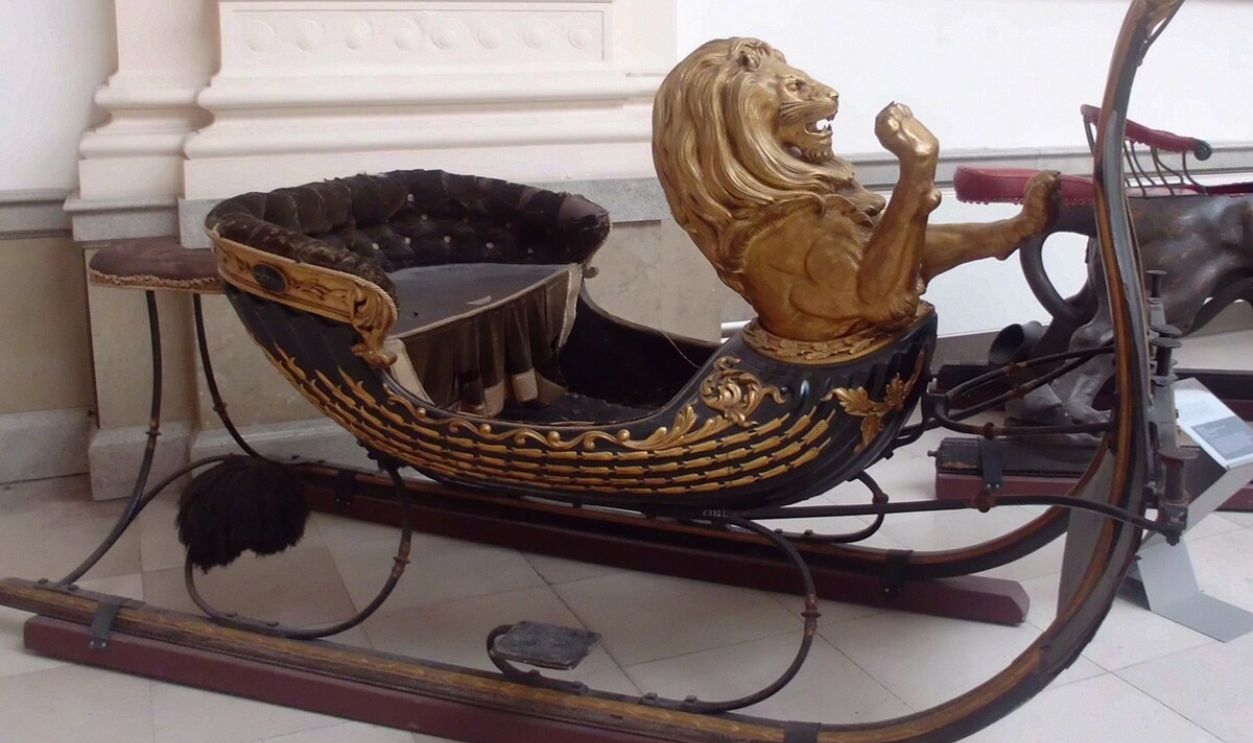 Pflege24, CC BY-SA 4.0, Wikimedia commons
Pflege24, CC BY-SA 4.0, Wikimedia commons
Ice Skates Were Made From Wood And Bones
Early versions of ice skates were made from bone or wood about 3000 years ago. Although they were mainly used for travel, people started using them for recreational activities in the Middle Ages. These crude skates helped people move quickly across frozen rivers, and they were fun!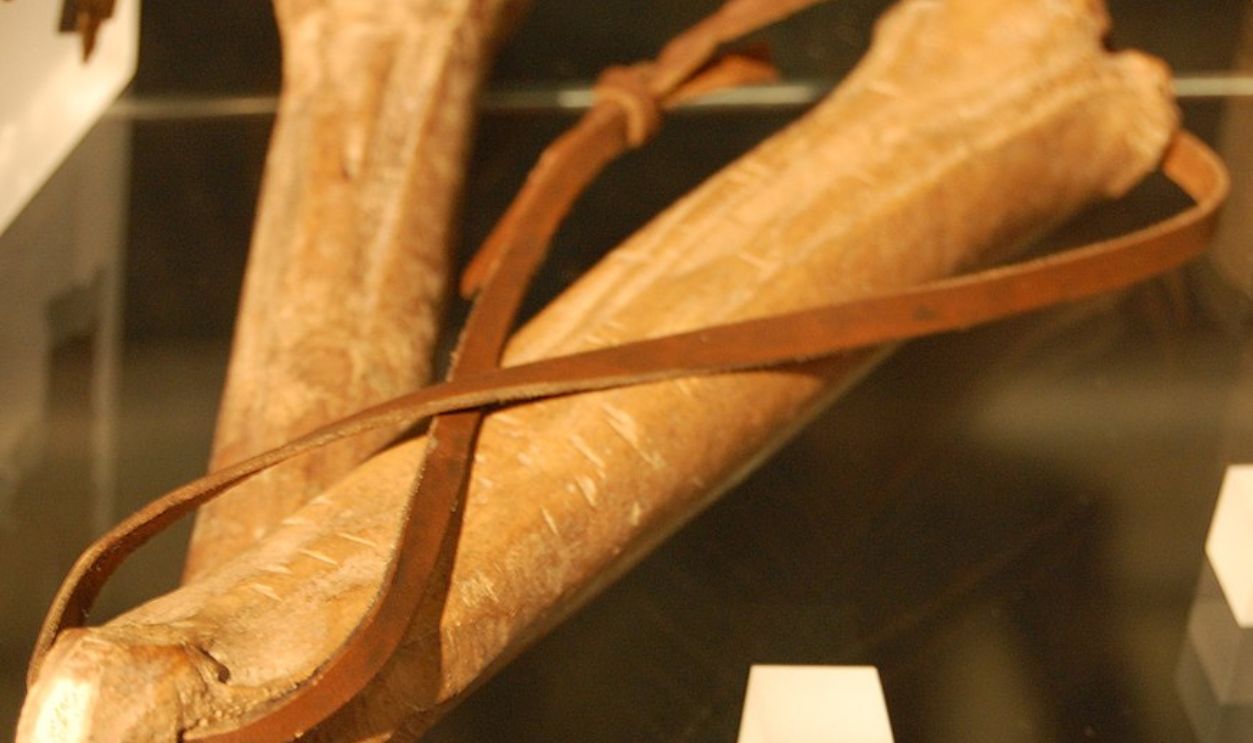 Steven G. Johnson, CC BY-SA 3.0, Wikimedia commons
Steven G. Johnson, CC BY-SA 3.0, Wikimedia commons
Skiing Became Popular
At the same time, skiing became popular for the same reasons—traveling around easily. Vikings also used skiing for hunting so they could have a continuous supply of food in winter. The skis were made of wood with straps made of leather. 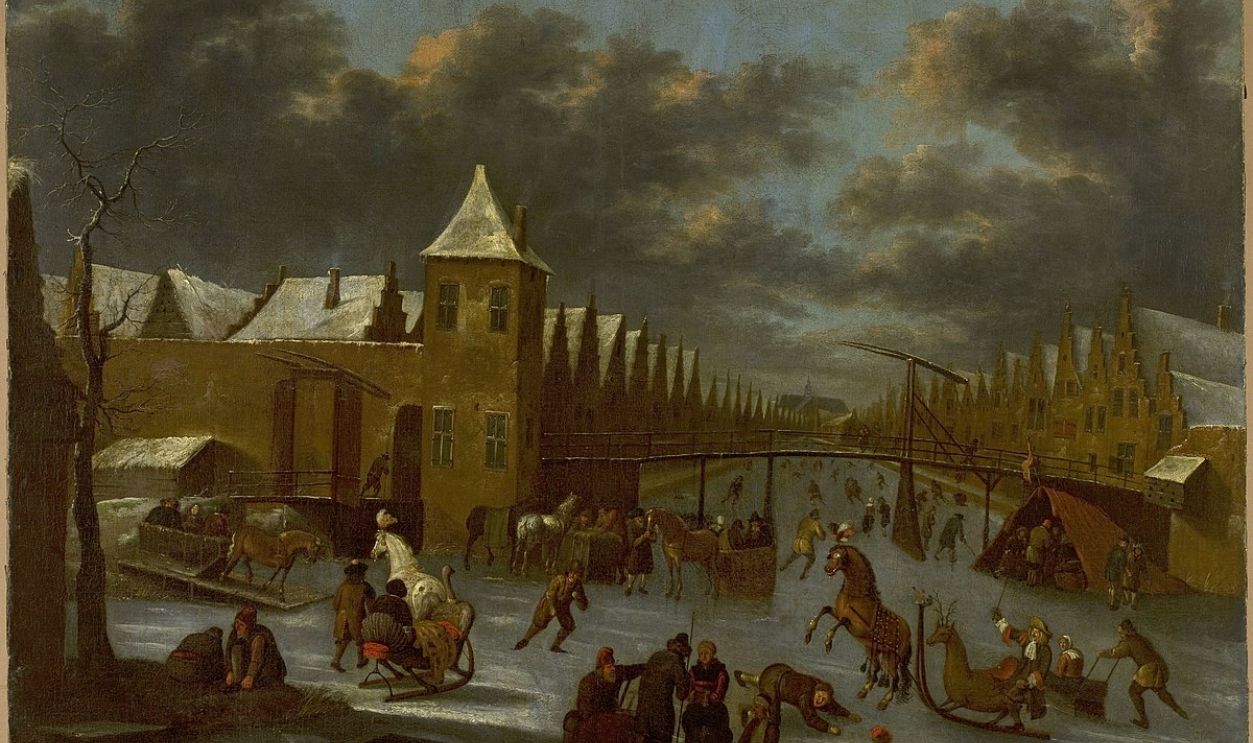 Follower of Thomas Heeremans, Wikimedia commons
Follower of Thomas Heeremans, Wikimedia commons
It Wasn't Always That Serious
Going outside was also sometimes for fun. Despite the cold, people found joy in winter activities. Snow games like sledding or simple snowball fights provided entertainment and helped people stay physically active during the long, snowy months.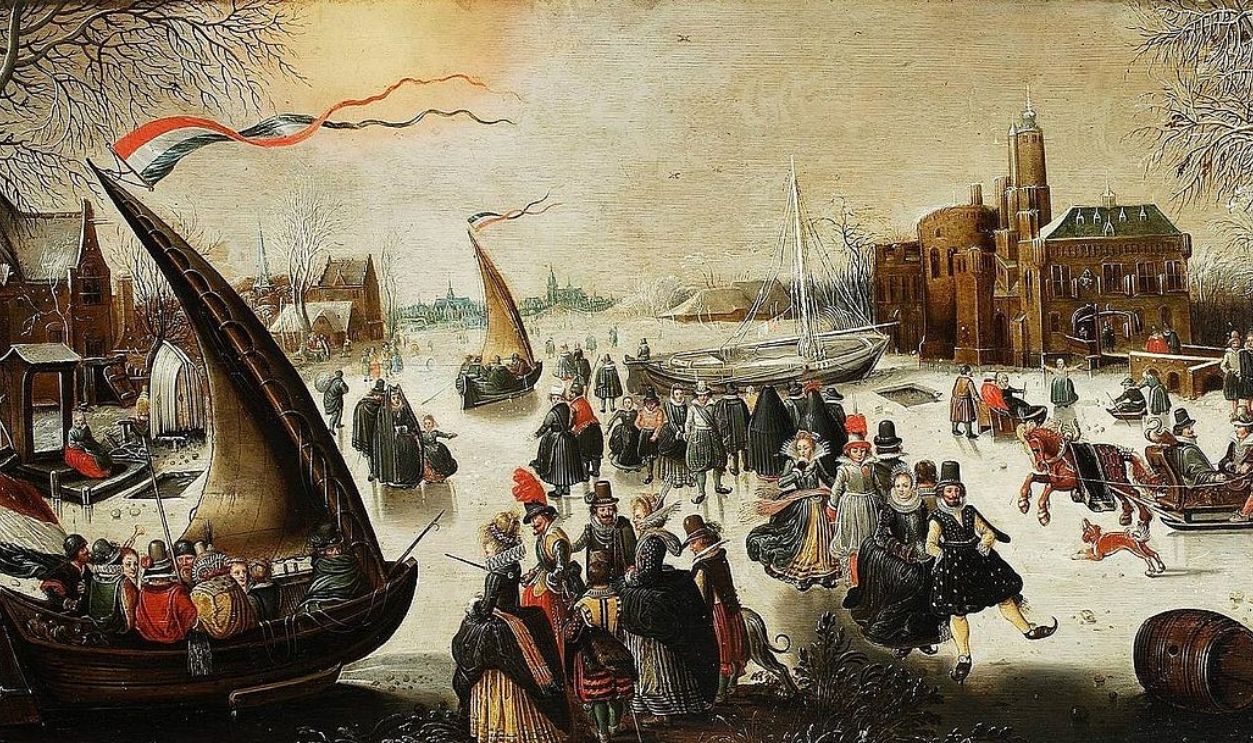 David Vinckboons, Public domain, Wikimedia Commons
David Vinckboons, Public domain, Wikimedia Commons
They Tried To Have Fun In Their Own Way
Since there was no farming or herding to be done in winter, skiing and skating soon became fun activities. People would teach their children how to skate and ski, and the little ones would engage in competitions that could last for hours. 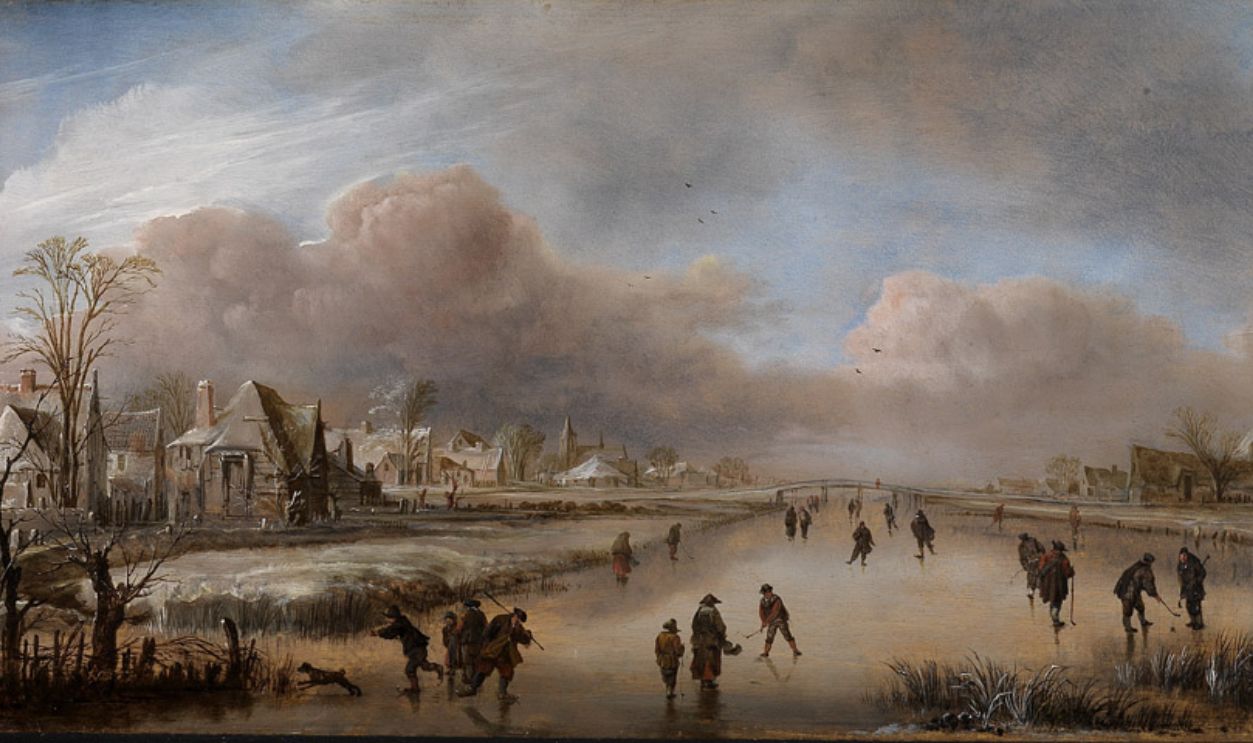 Aert van der Neer, Public domain, Wikimedia commons
Aert van der Neer, Public domain, Wikimedia commons
Caring For The Elderly Was A Priority
Winter posed extra dangers for the elderly, so communities banded together to help care for their older members. Neighbors would share food and firewood, and families took special care to ensure their elders were safe. Nothing could beat gathering around the fire to listen to an old folks tale.
Herbal Remedies
Medieval people relied on herbal remedies to treat the common cold, frostbite, and other winter ailments that most people, especially the elderly, suffered from. They turned to local plants like chamomile, sage, and rosemary, either brewed into teas or applied as salves, to ease discomfort.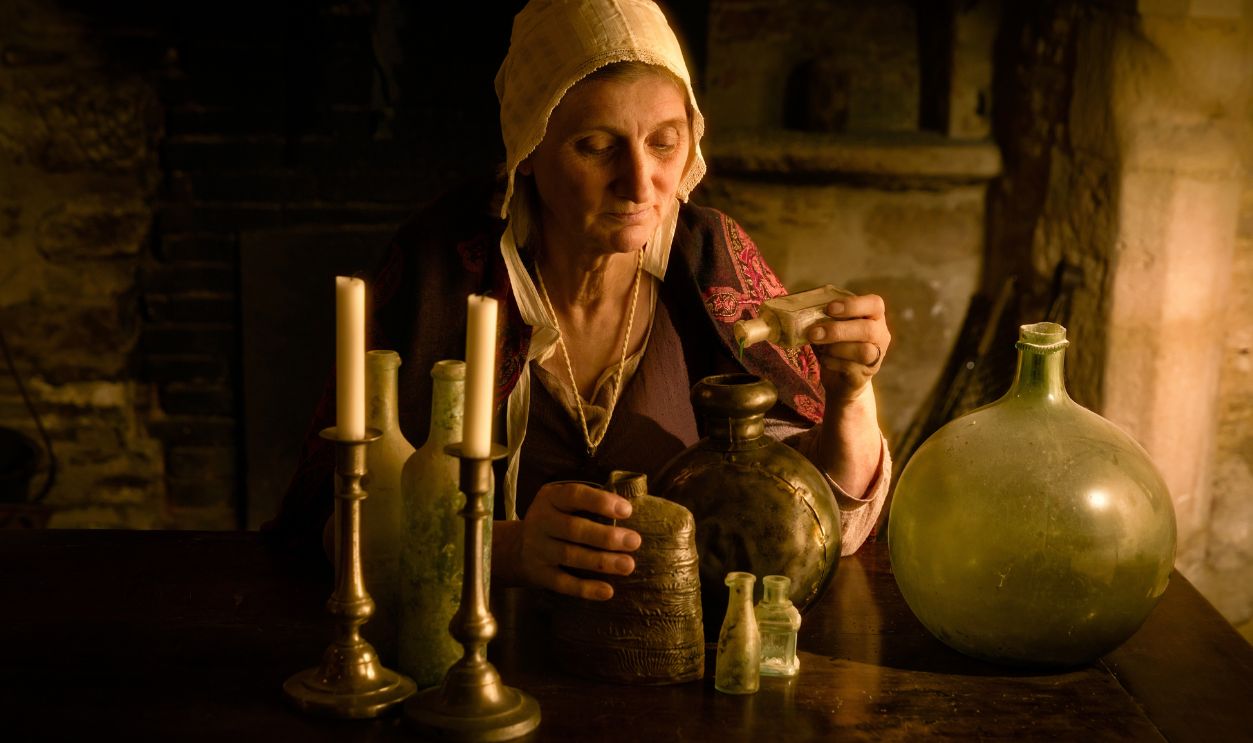 Anneka, Shutterstock
Anneka, Shutterstock
Staying Healthy Was A Challenge
The cold weather and being cramped in narrow spaces meant diseases could spread easily. Moreover, with people taking baths less often, there was a massive lack of hygiene that led to the spread of several illnesses like the flu, typhoid, smallpox, and leprosy. 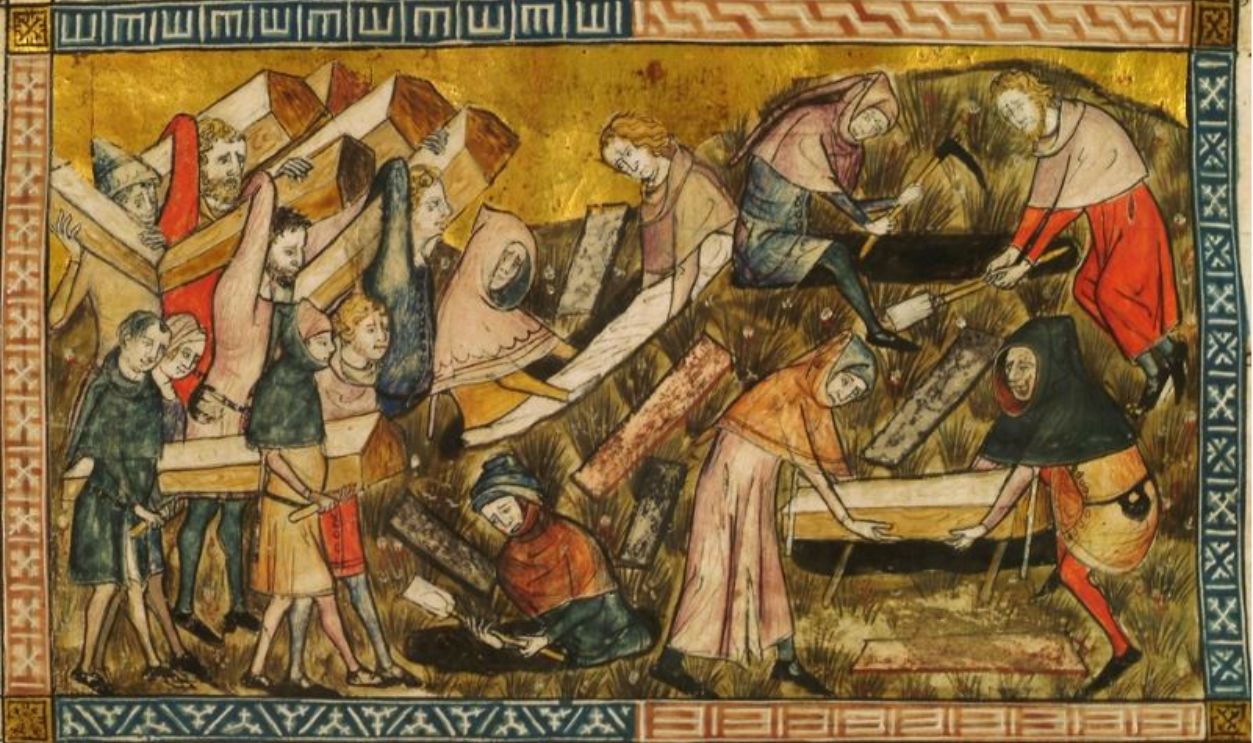 Pierart dou Tielt,, Wikimedia commons
Pierart dou Tielt,, Wikimedia commons
Frostbites Were Constant Threats
To prevent frostbite, people wore woolen mittens, scarves, and socks. They often layered clothing to keep their extremities warm, as exposed fingers, toes, and ears were most at risk of damage from the cold, especially when they spent time outside. 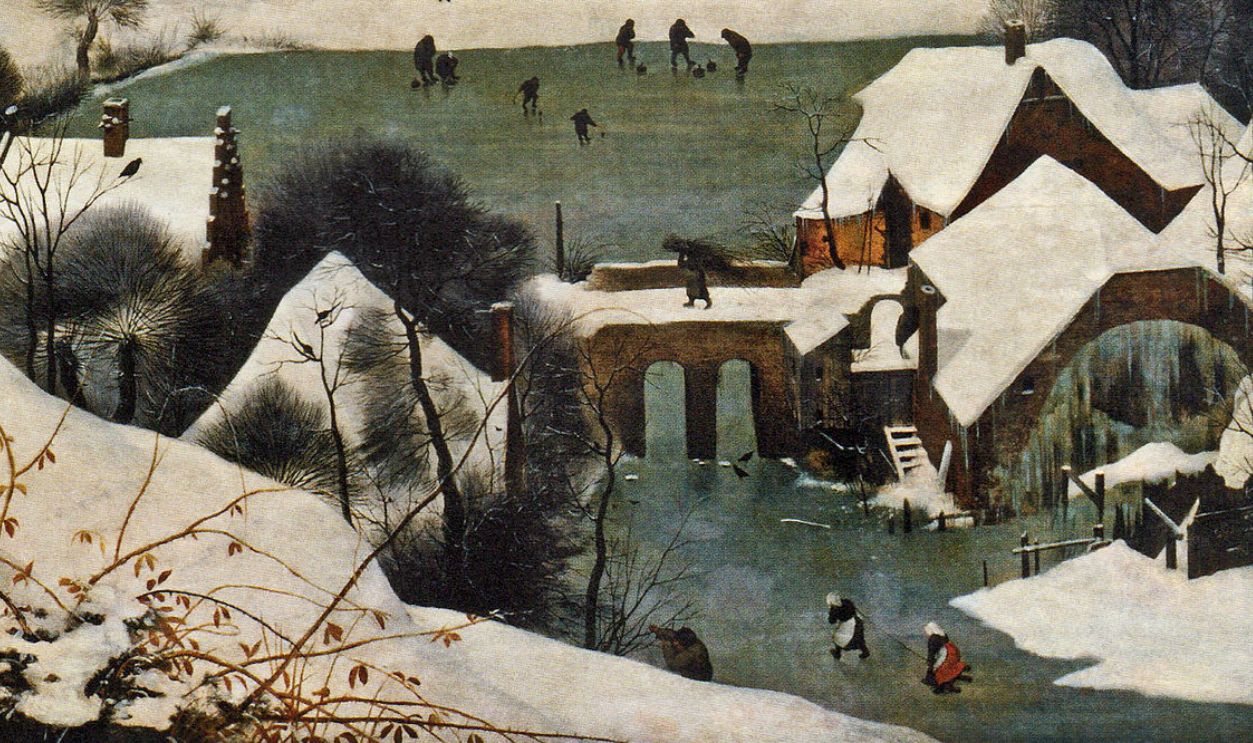 Pieter Brueghel the Elder, Wikimedia commons
Pieter Brueghel the Elder, Wikimedia commons
Drinking Warm Alcohol Was A Common Practice
During winter, warm alcoholic drinks like mead were enjoyed not only for celebration but also for warmth. The warm liquid, combined with the effects of alcohol, provided temporary relief from the cold. It was also a sweet treat when food was scarce. 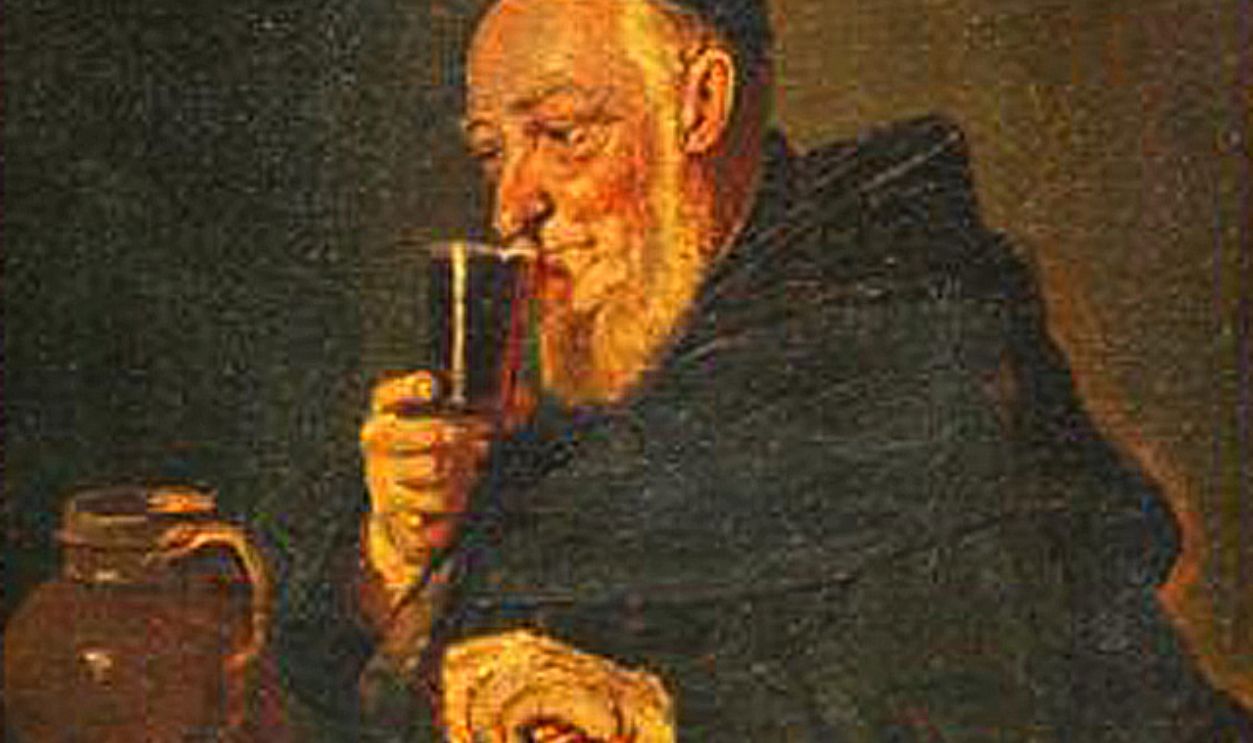 D.E. Grod European school, Wikimedia commons
D.E. Grod European school, Wikimedia commons
Beer And Wine Were Most Sought-After
Some beverages like wine and beer could also provide people with the calories they need to survive. However, they tasted different from the ones we drink today, and they were rather weaker when it came to their alcohol content. 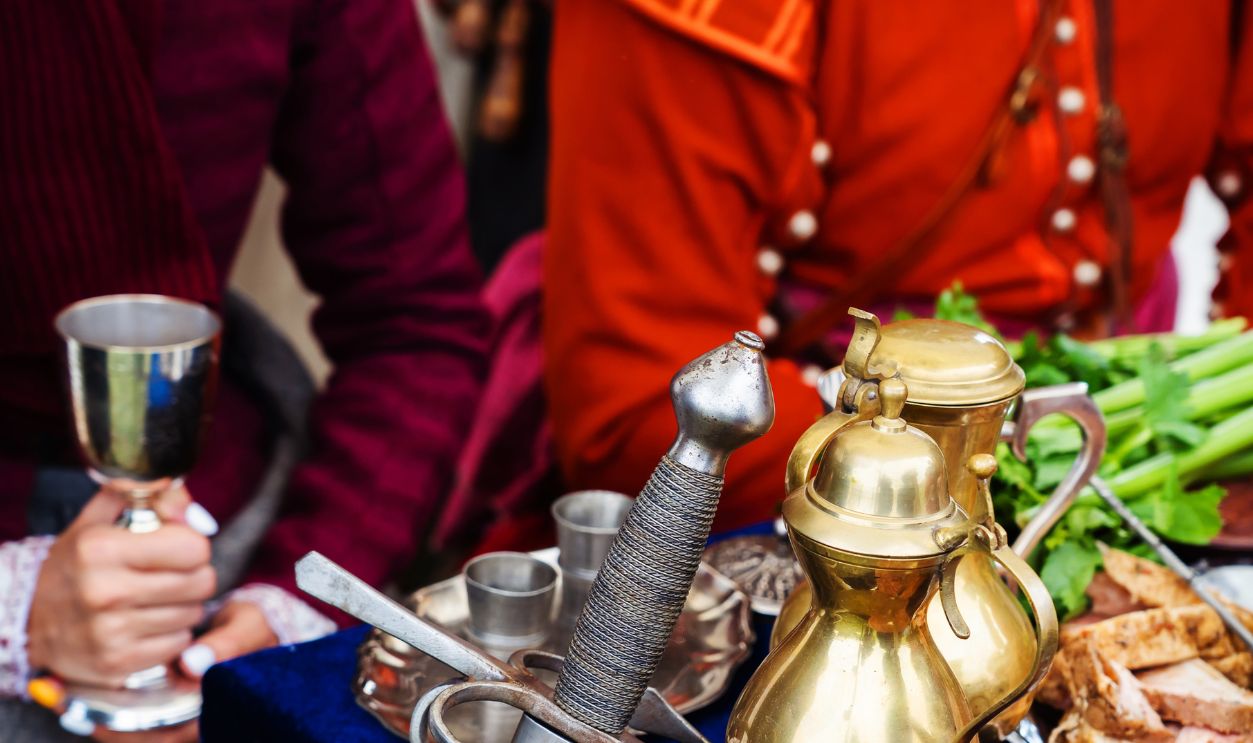 Dmitry Markov152, Wikimedia commons
Dmitry Markov152, Wikimedia commons
Indoor Activities Were Invented
Since people spent more time indoors during winter, board games like chess, checkers, or dice became popular pastimes. These activities provided mental stimulation and social interaction during the coldest months when outdoor activities were limited.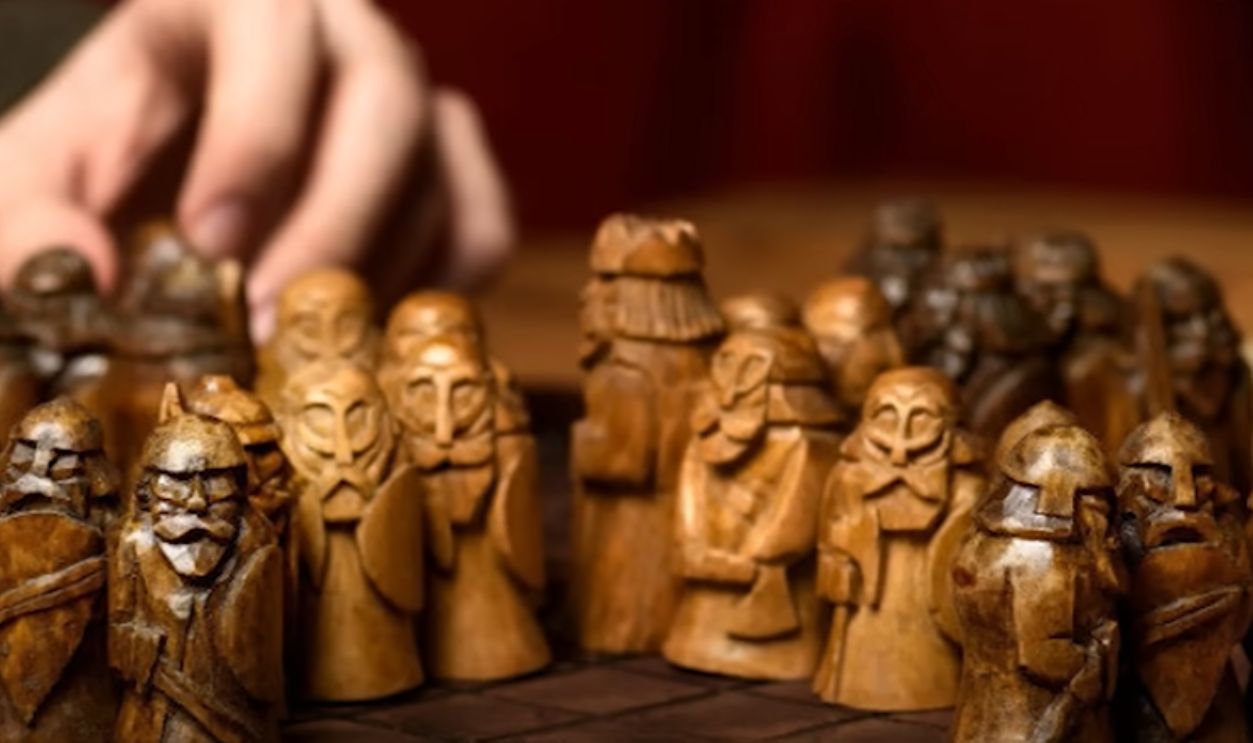 Surviving Winter in the Middle Ages by MedievalMadness
Surviving Winter in the Middle Ages by MedievalMadness
Celebrations And Festivities
Despite the hardships, winter was also a time for festivity and social gatherings. Feasts, often centered around religious holidays like Christmas, helped to raise spirits. People sang songs, told stories, and shared what food and drink they had, keeping morale high in the darkest months.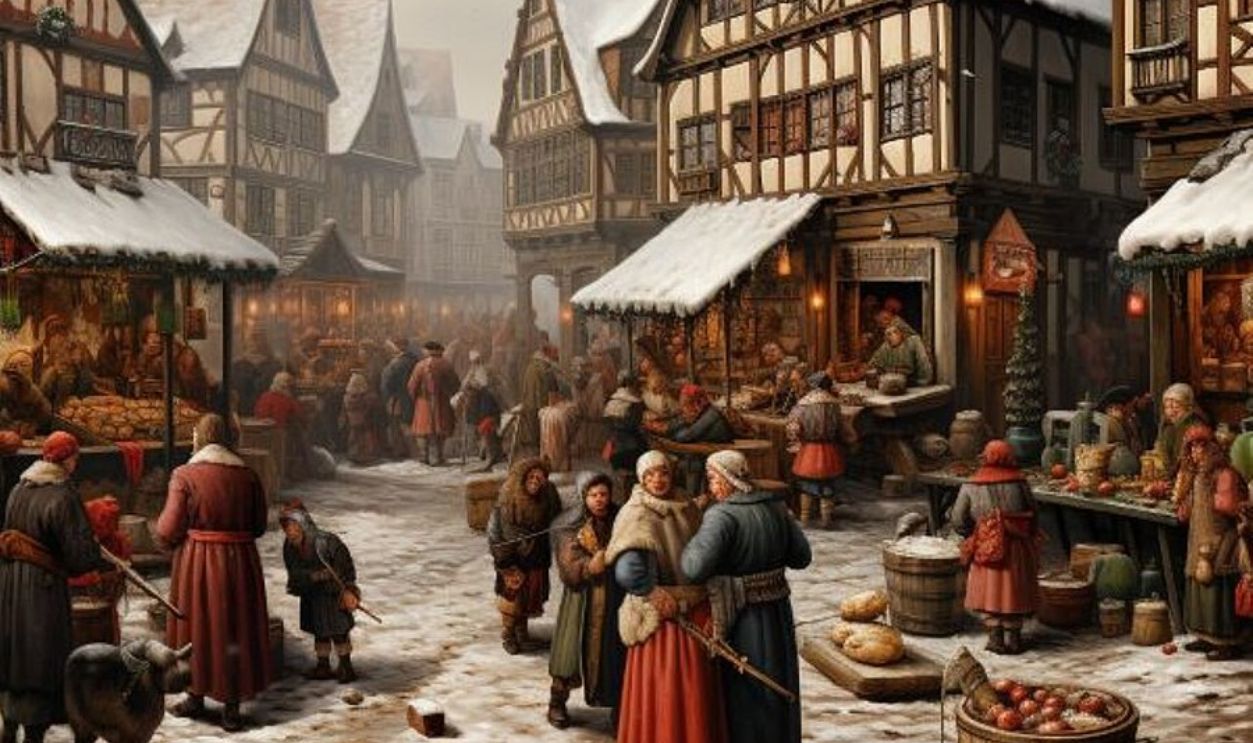 SBuys1, CC BY-SA 4.0, Wikimedia commons
SBuys1, CC BY-SA 4.0, Wikimedia commons
Relying on Churches And Monasteries Was Common
Churches and monasteries were important sources of aid during winter. They distributed food, offered shelter to the poorest, and provided warmth and care to those who couldn't survive on their own. Sometimes, people would sleep inside as they were better insulated.
Some Believed God Was Testing Them
In medieval Europe, faith played a big role in surviving winter. Many believed that harsh winters were tests from God, and churches became sanctuaries. Superstition, too, influenced behavior, with people observing rituals or wearing charms to ward off illness or bad fortune.

